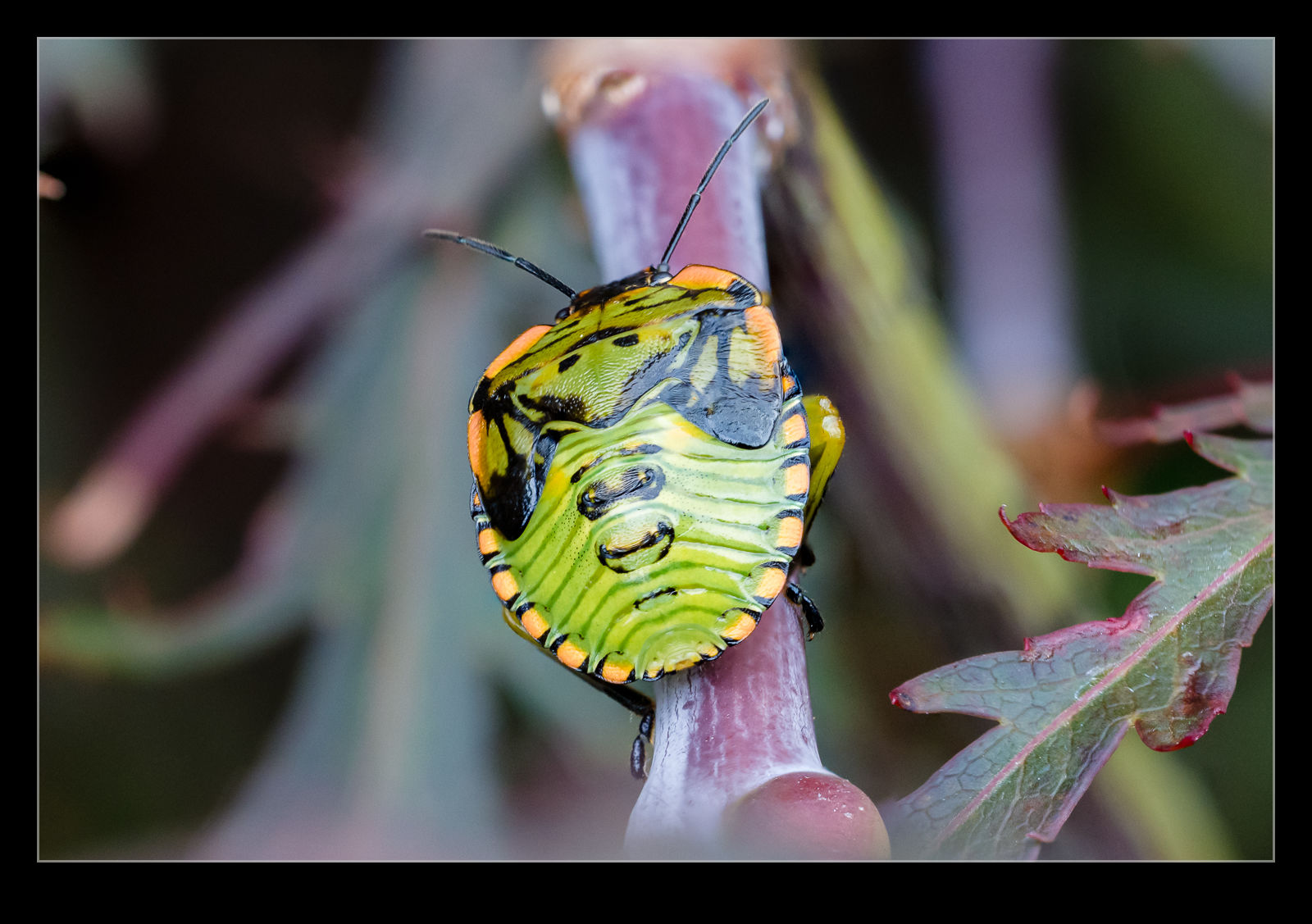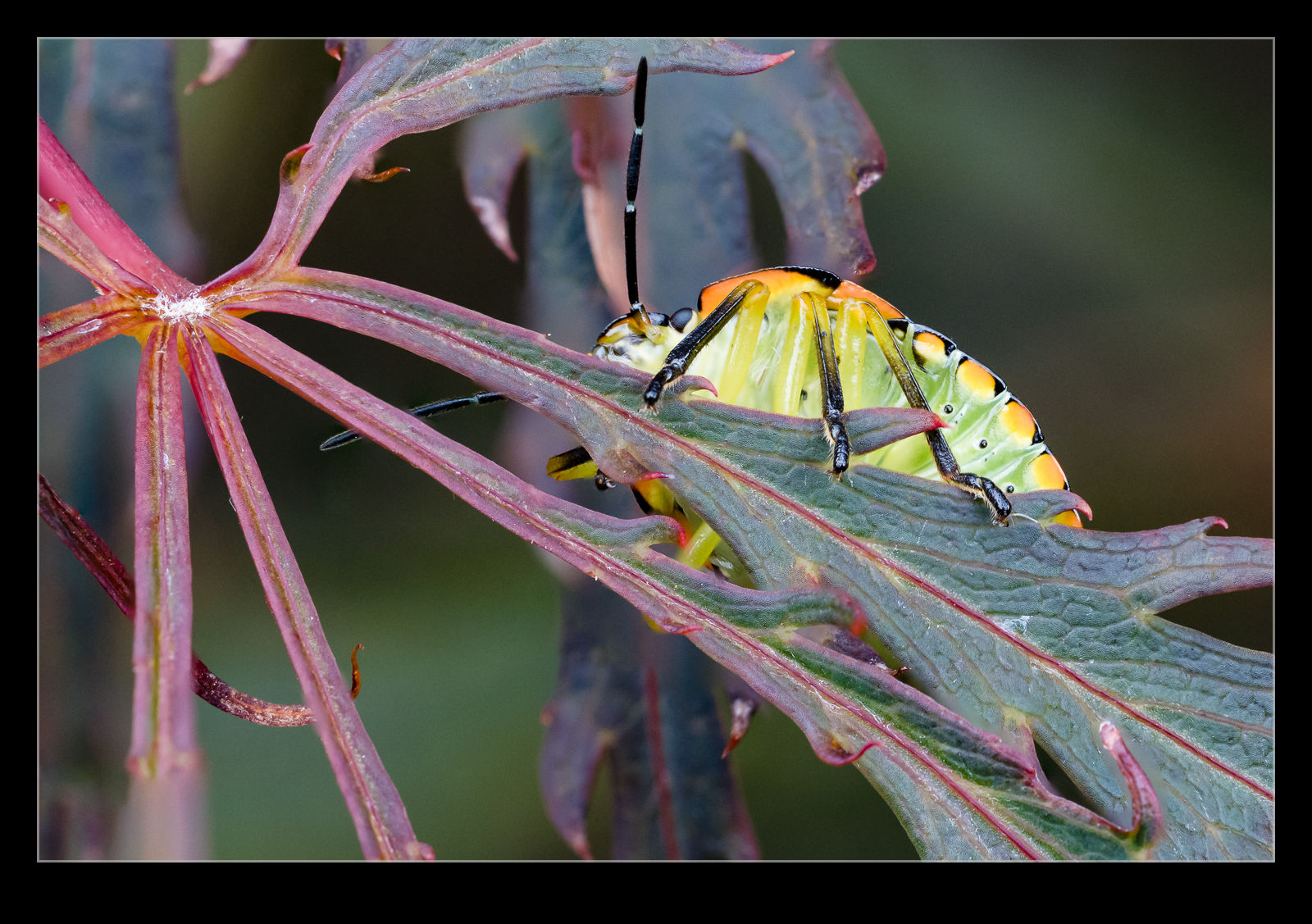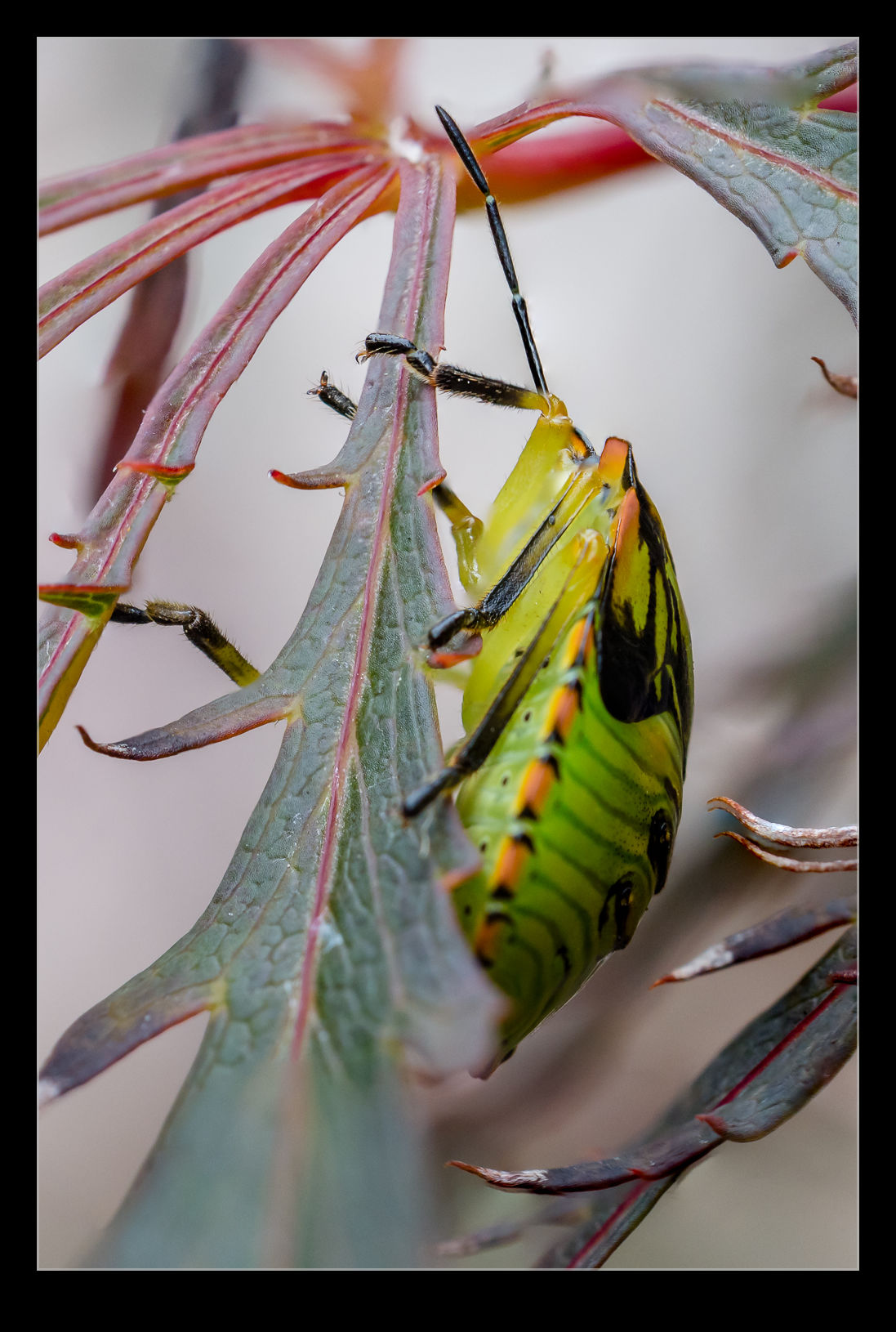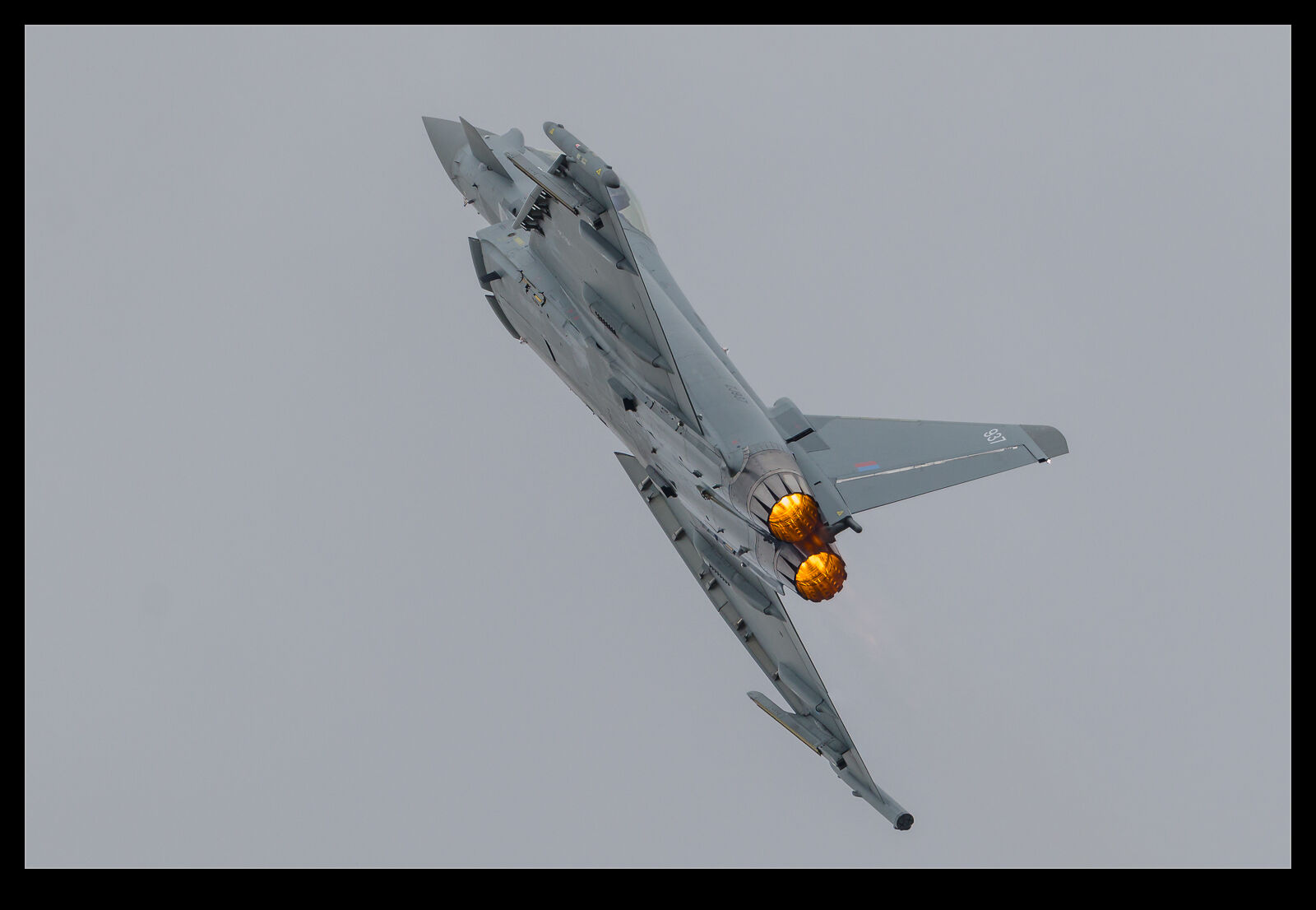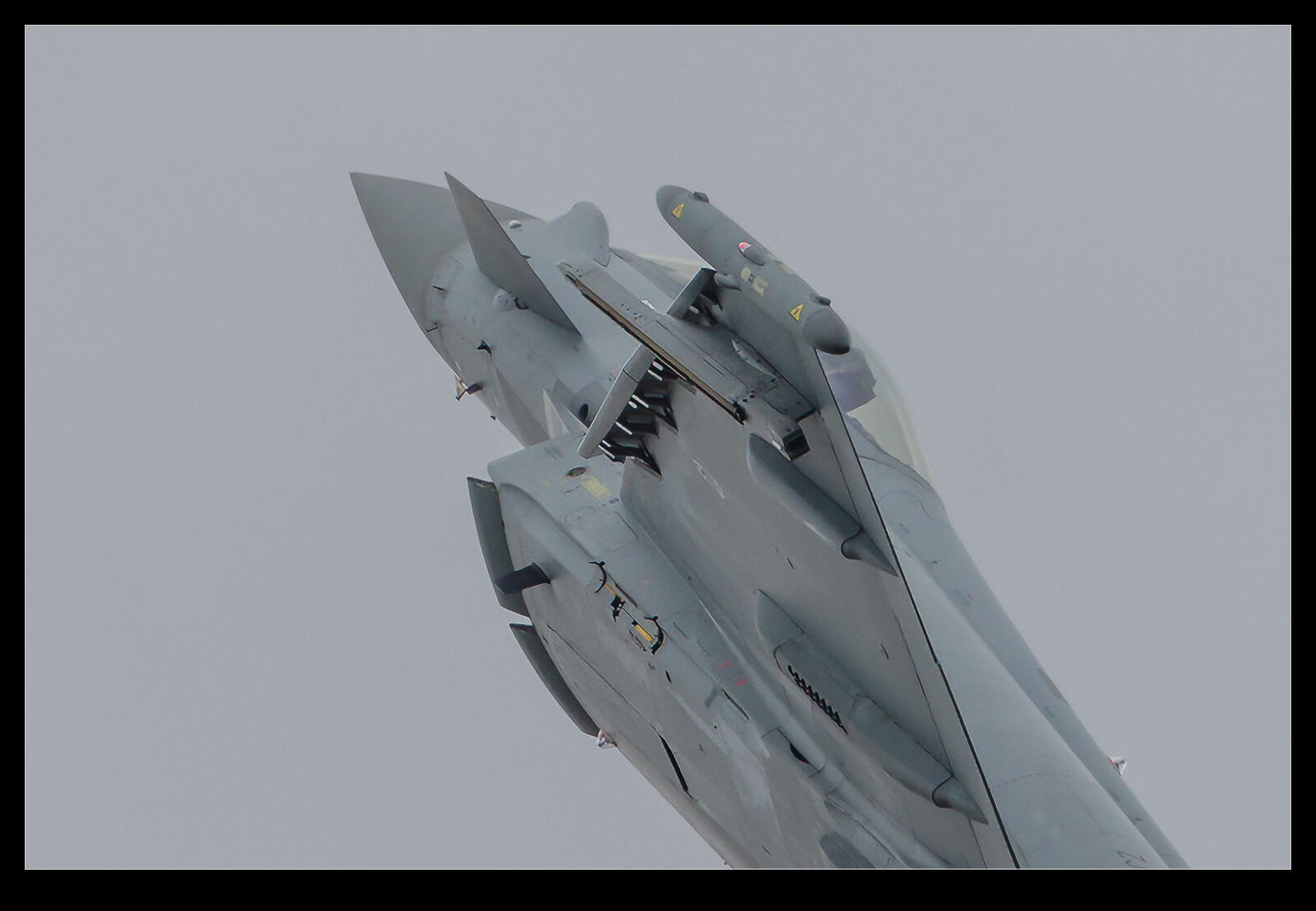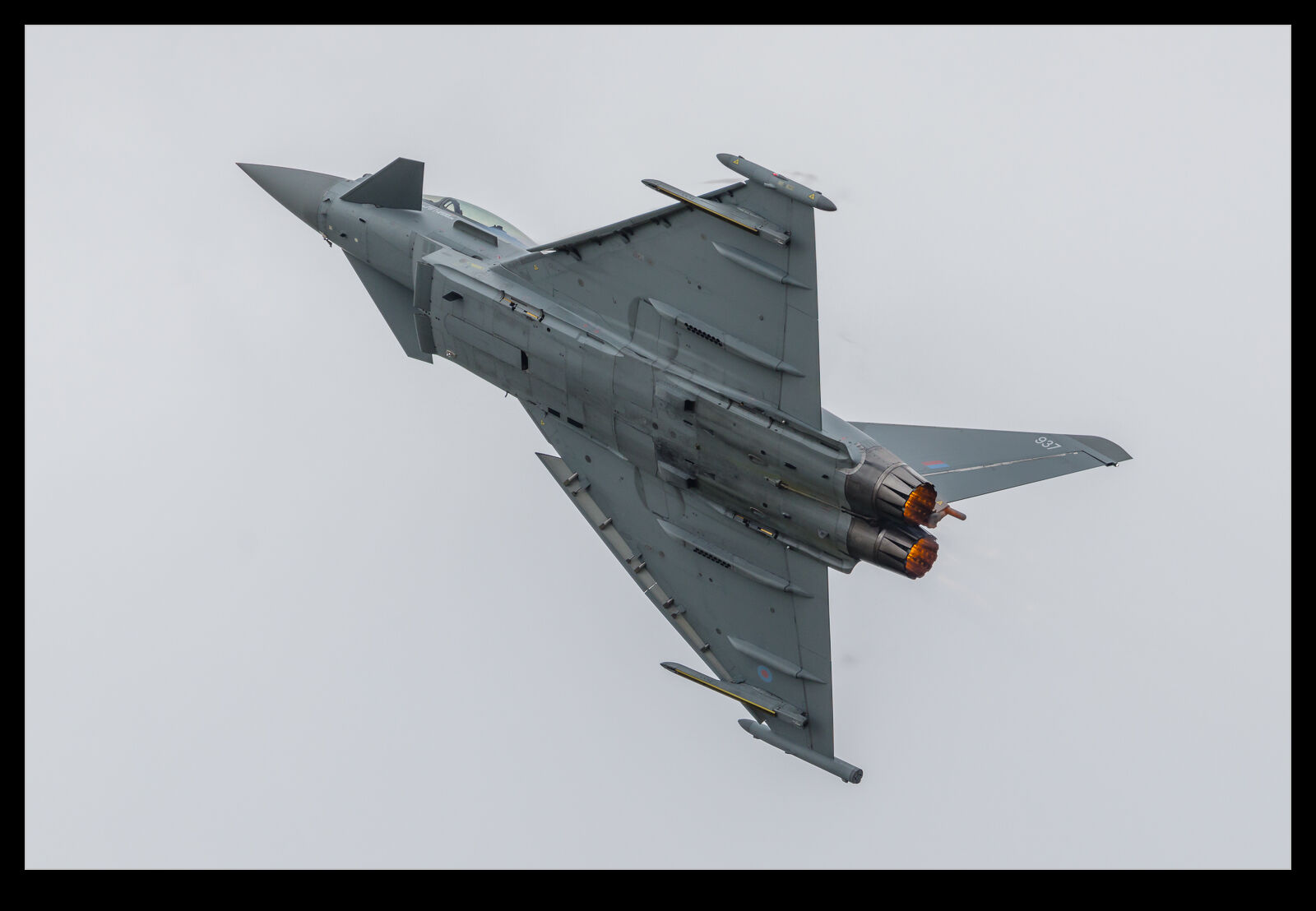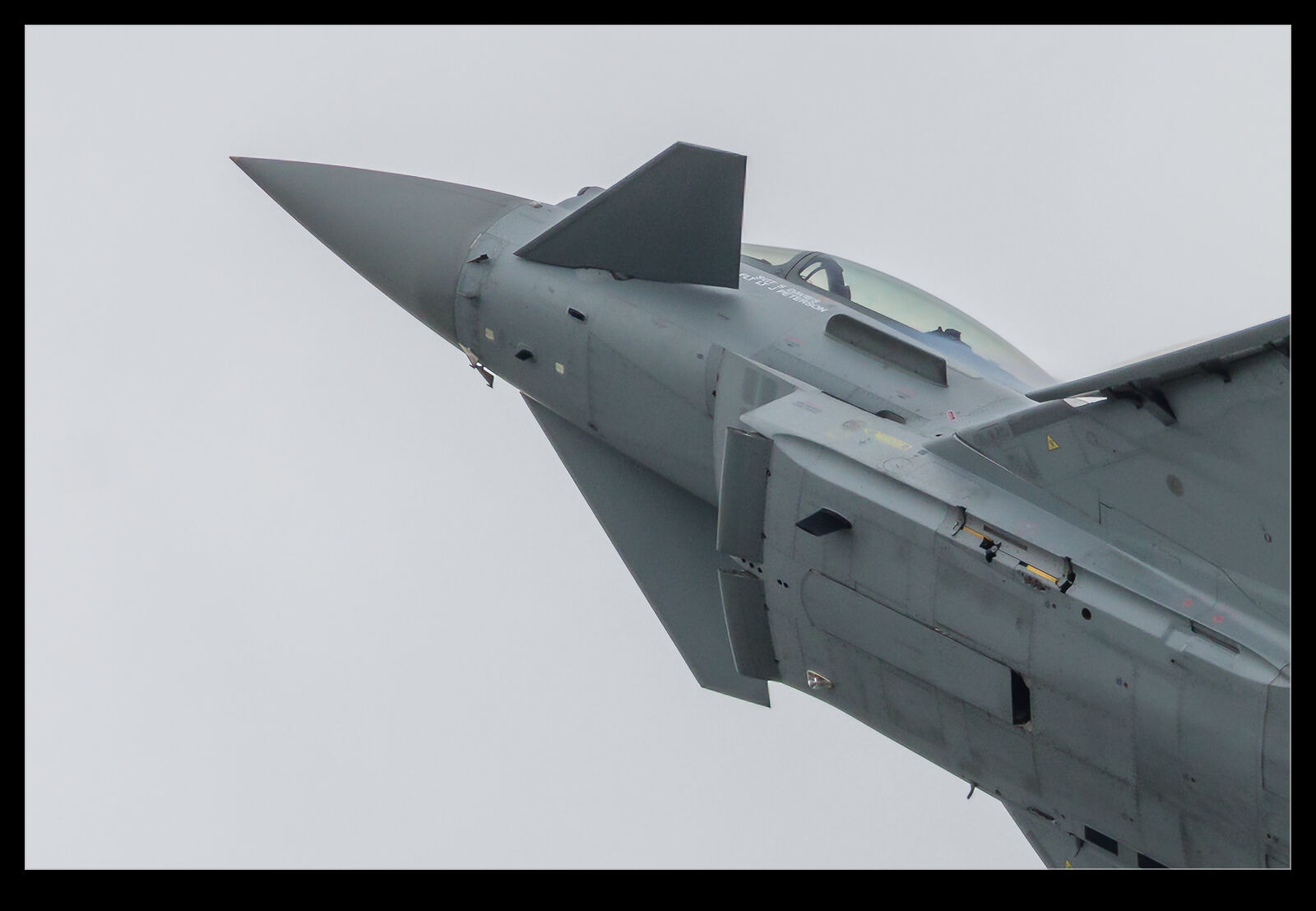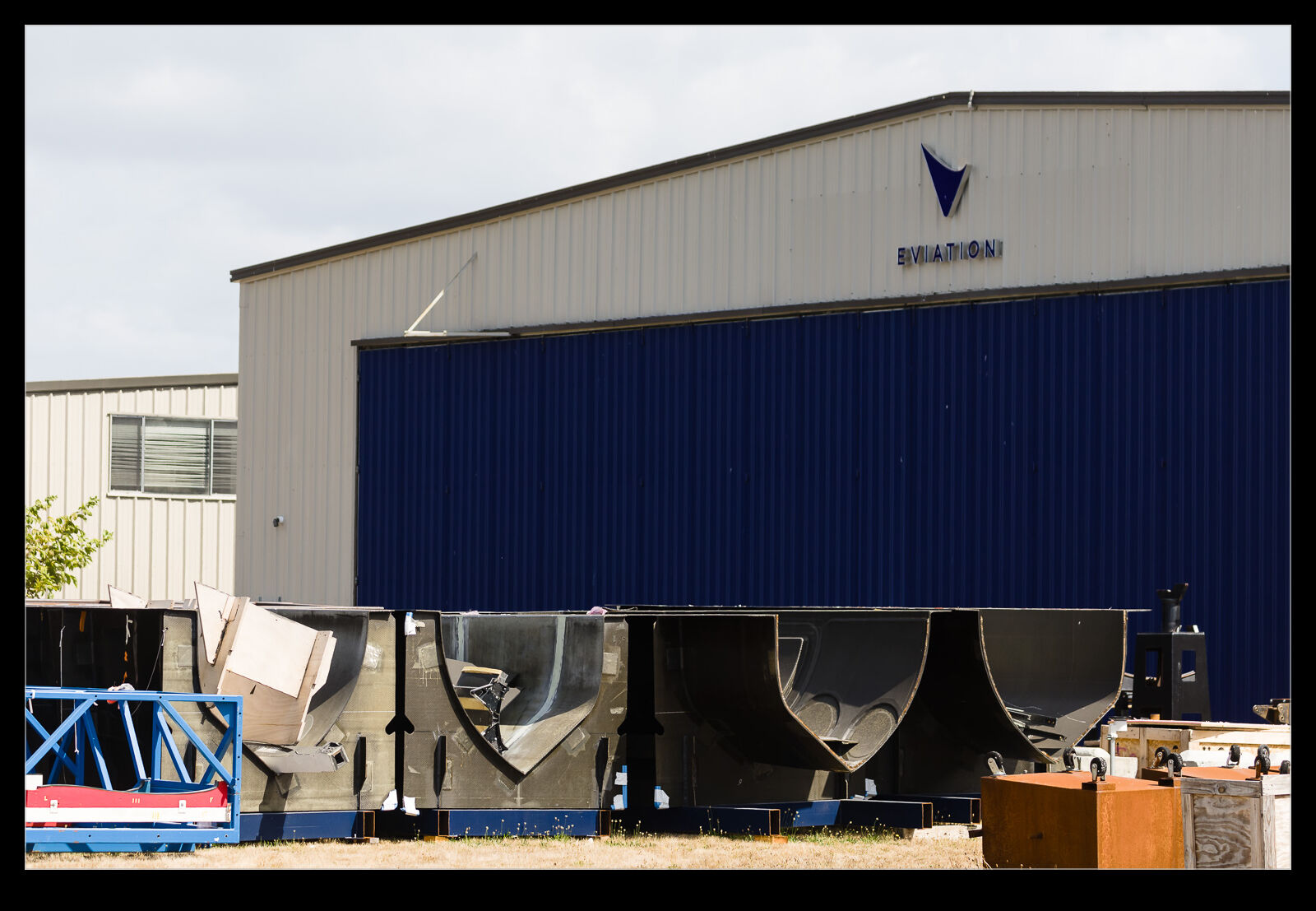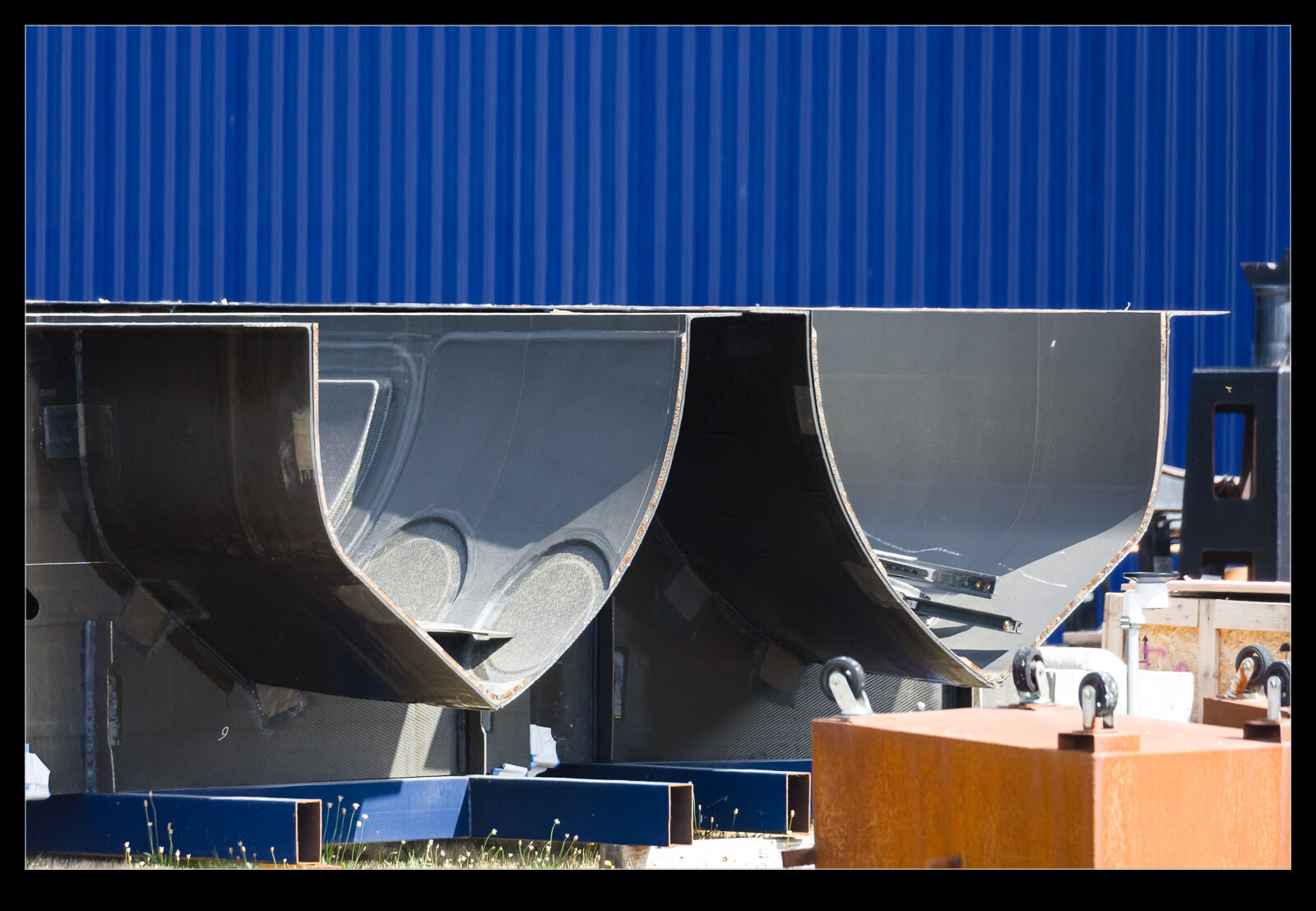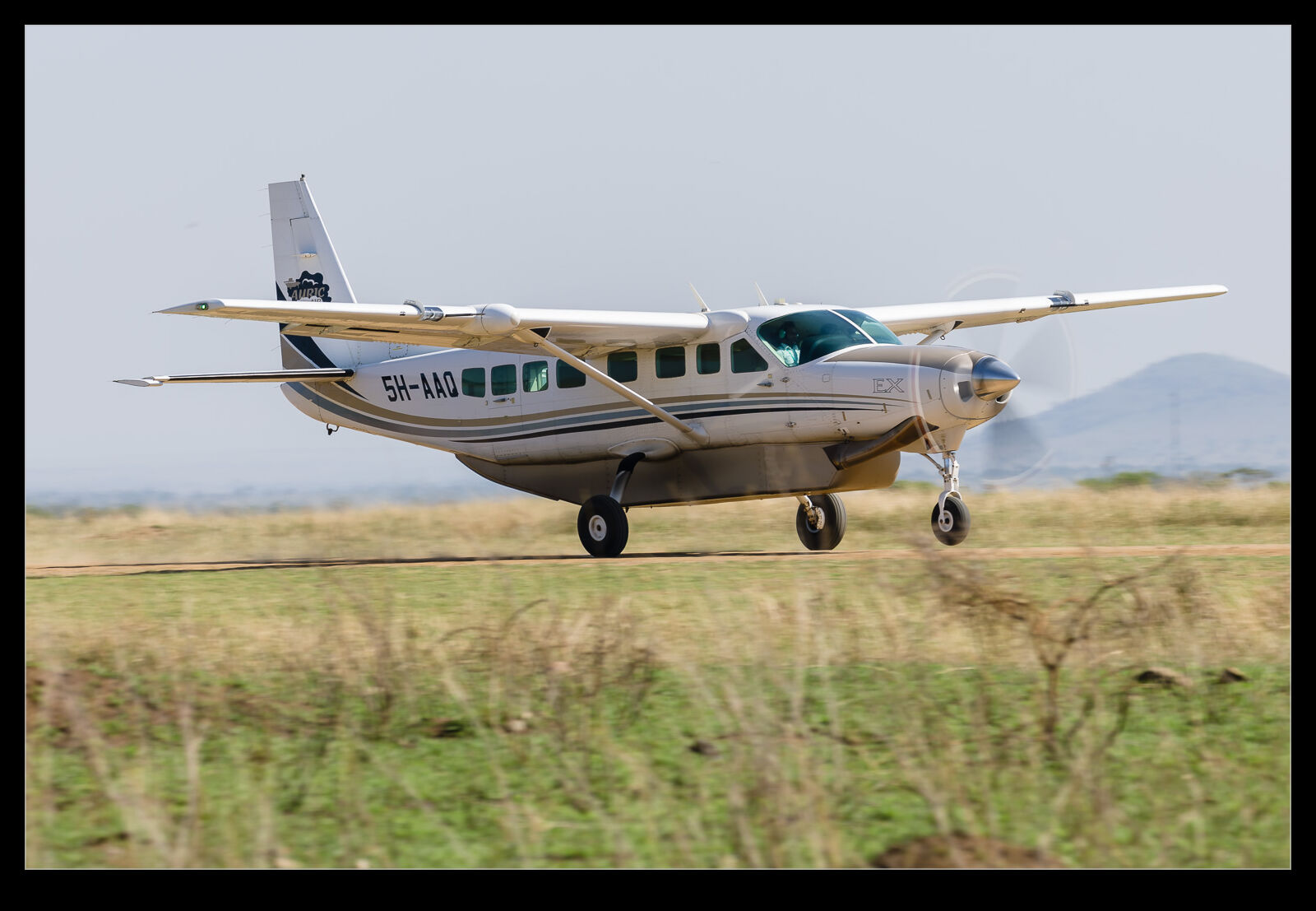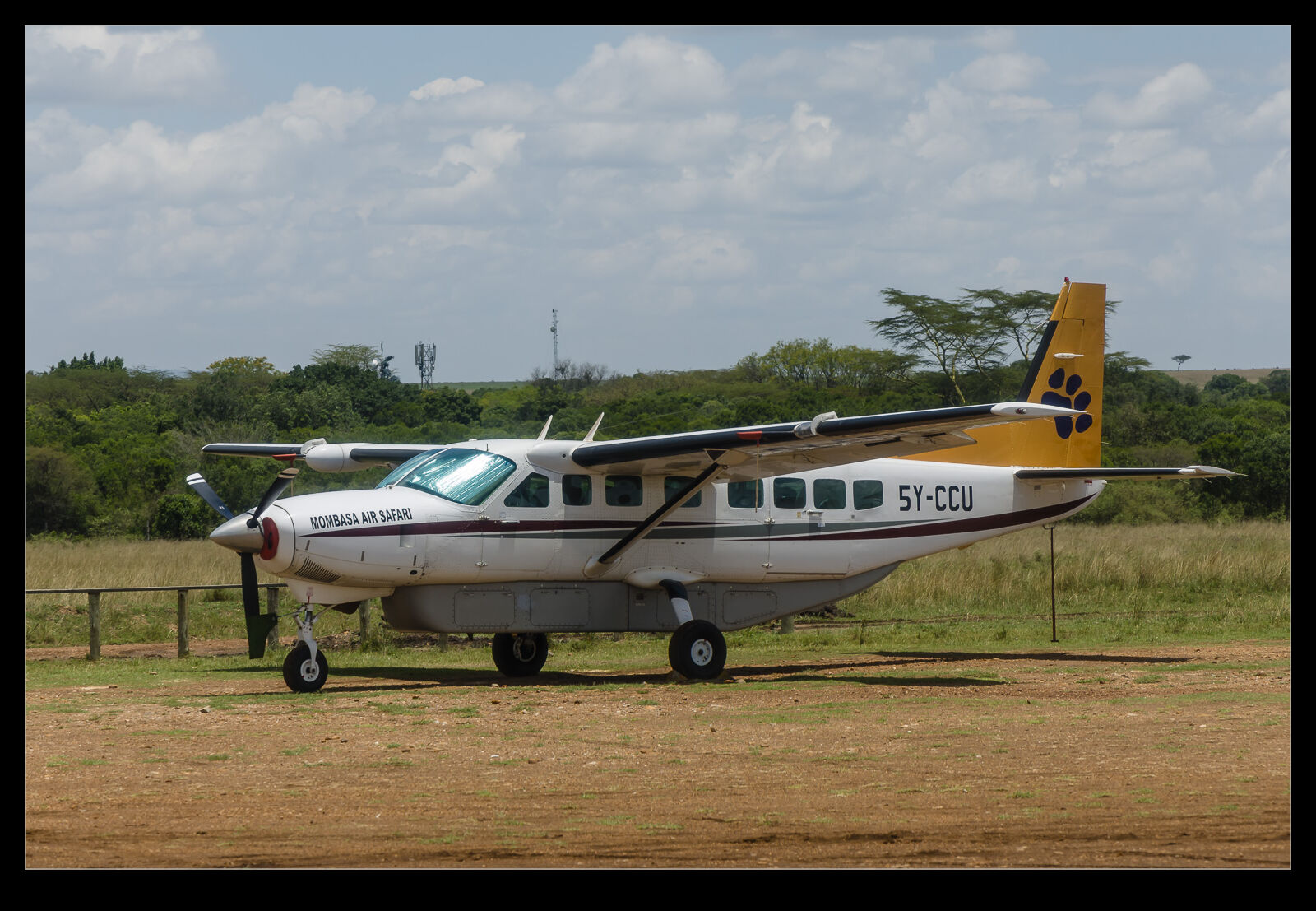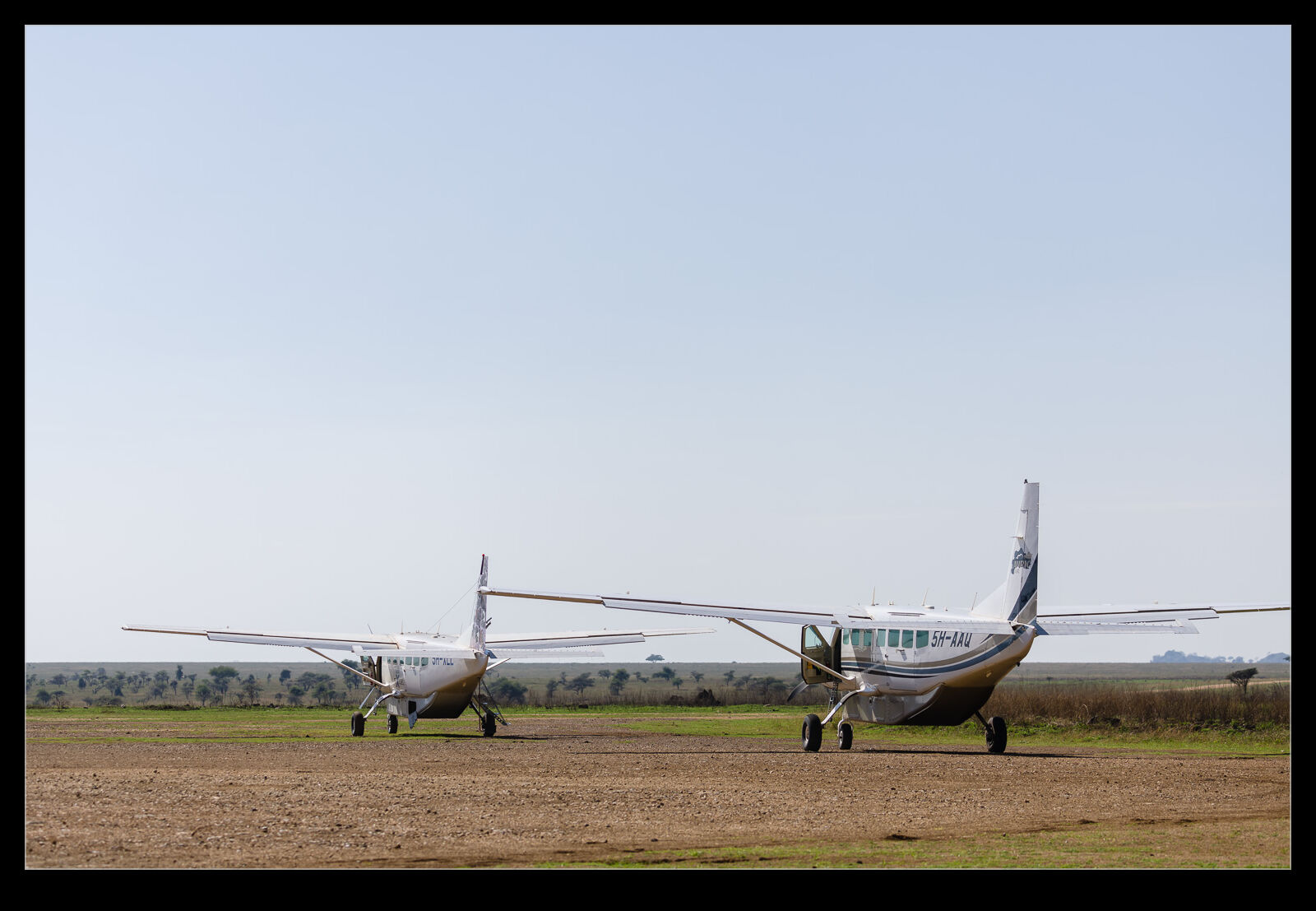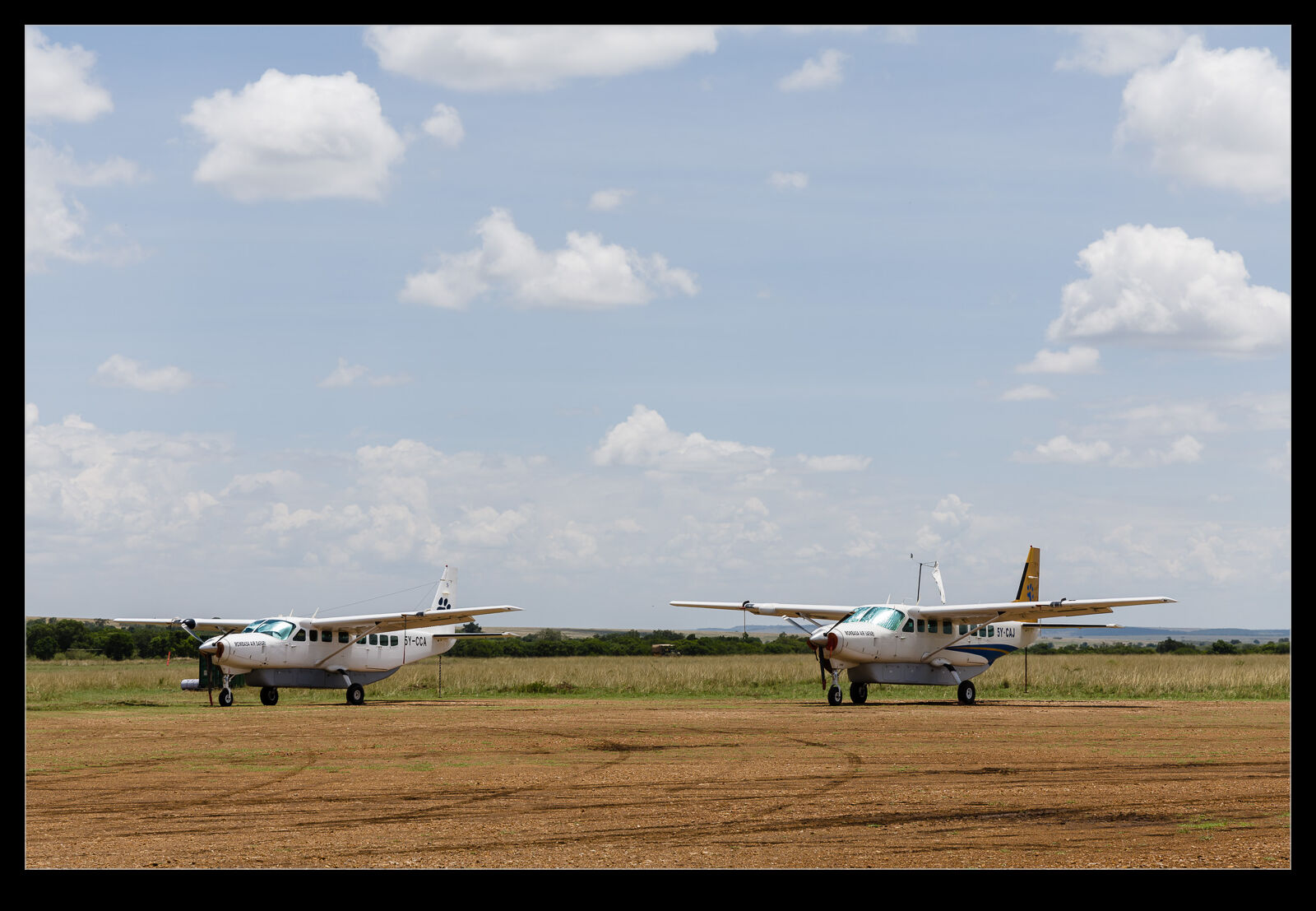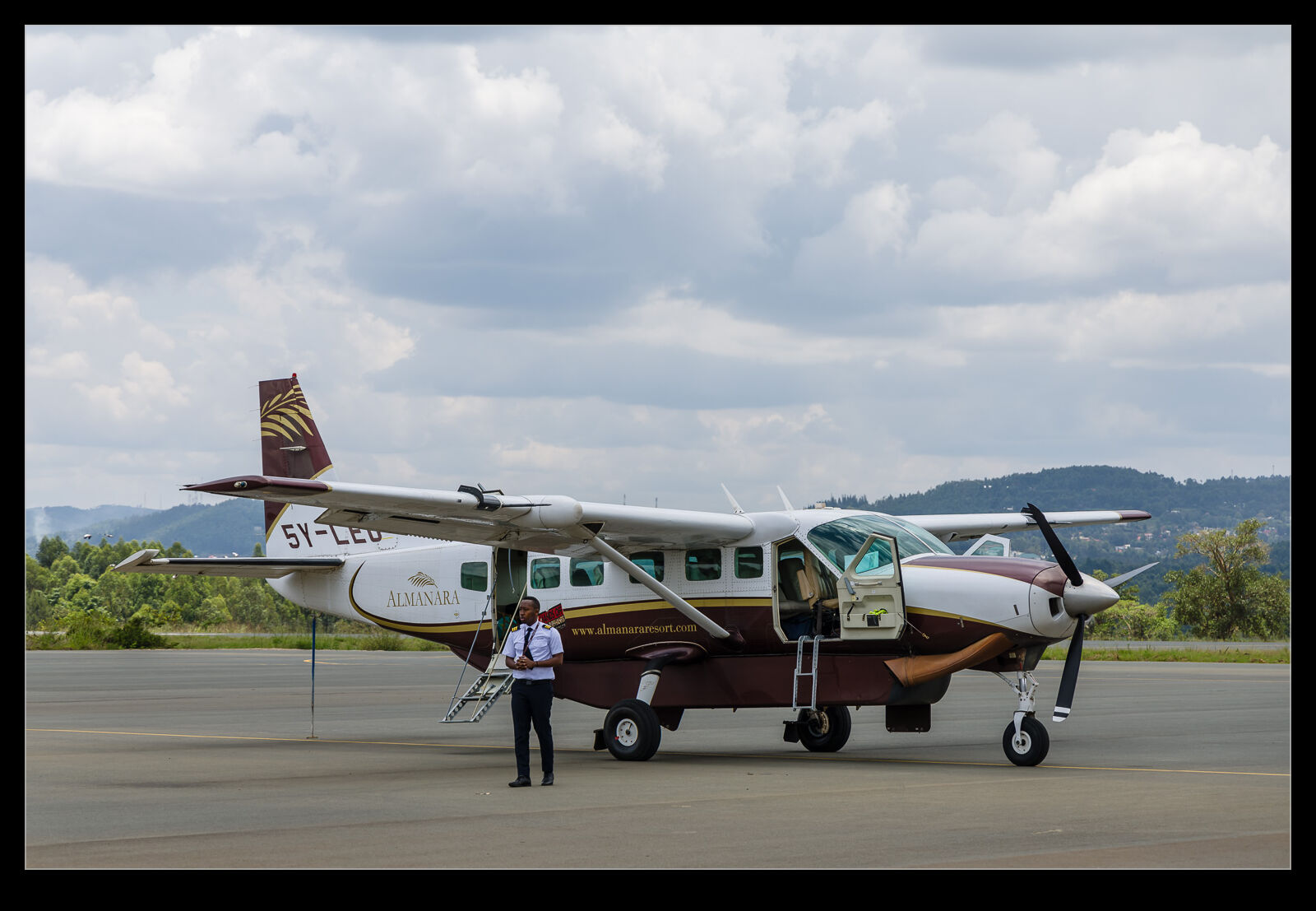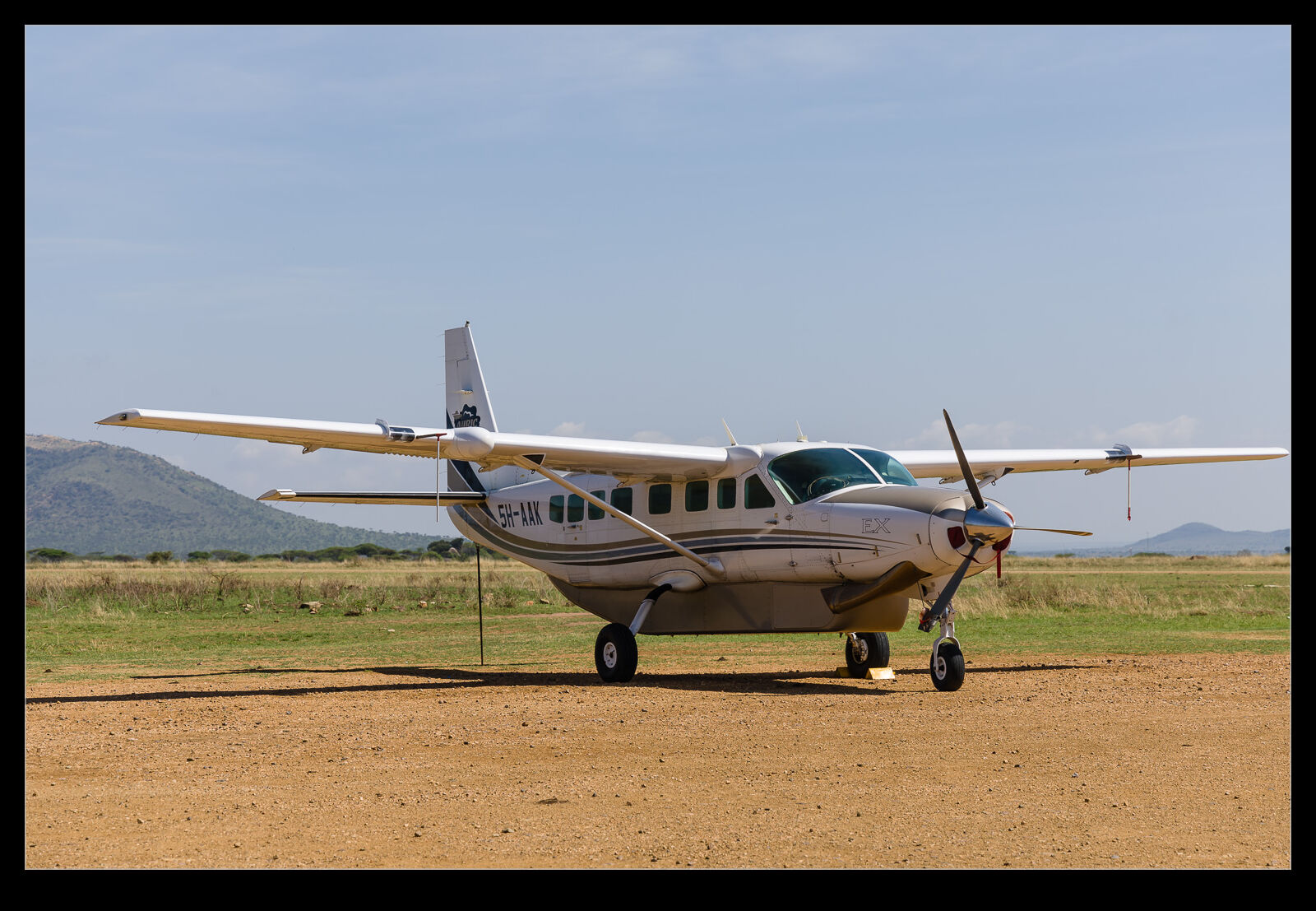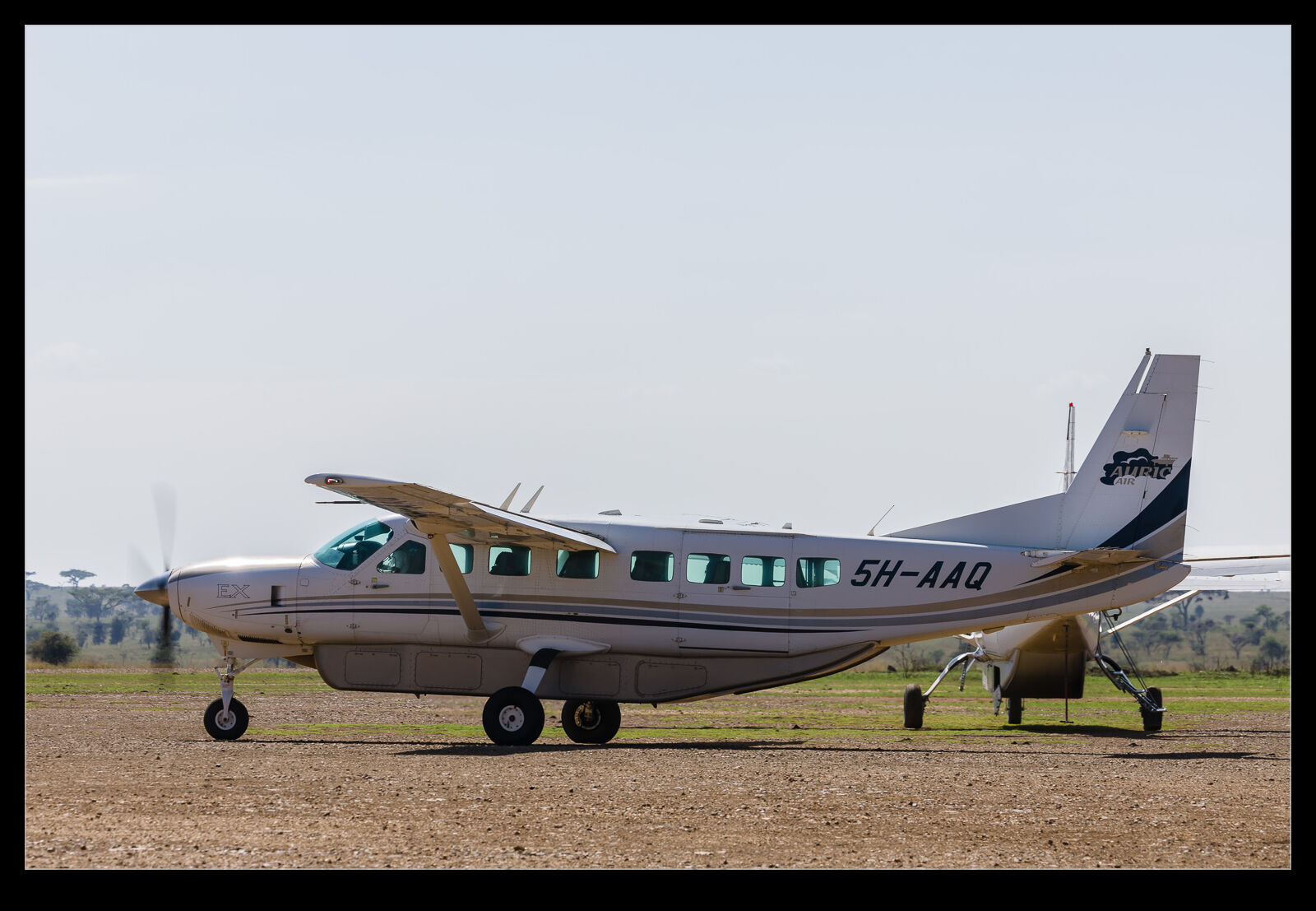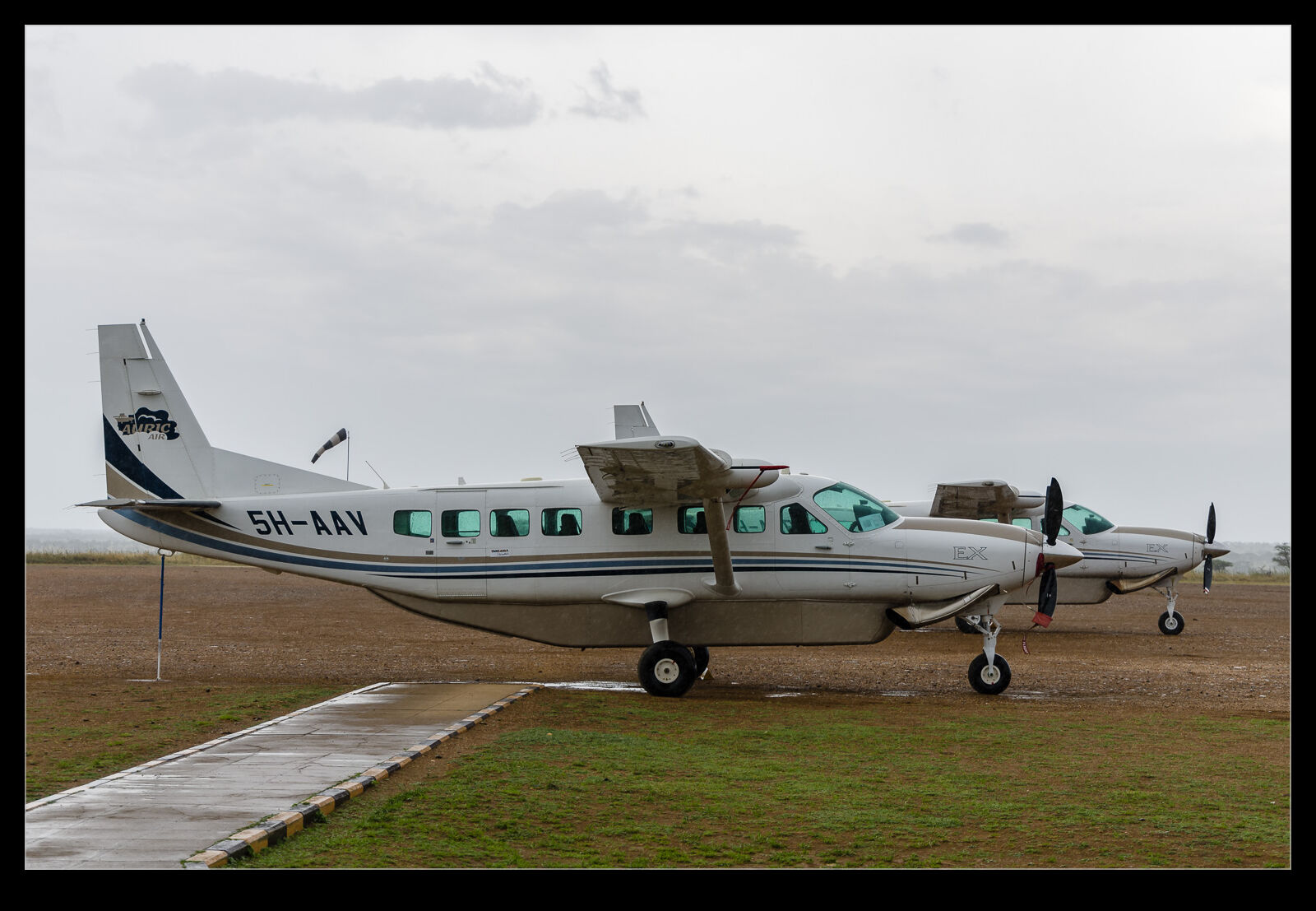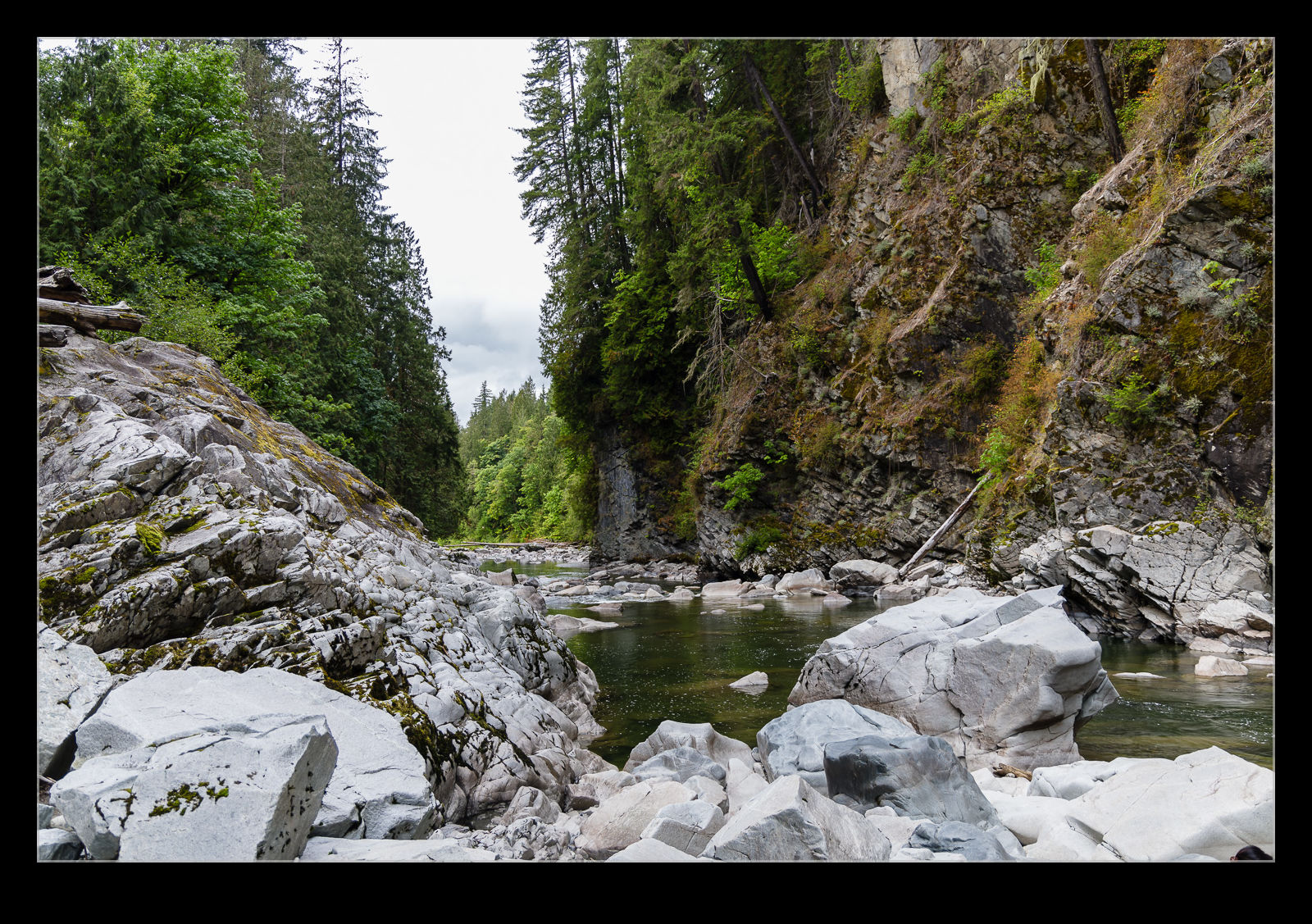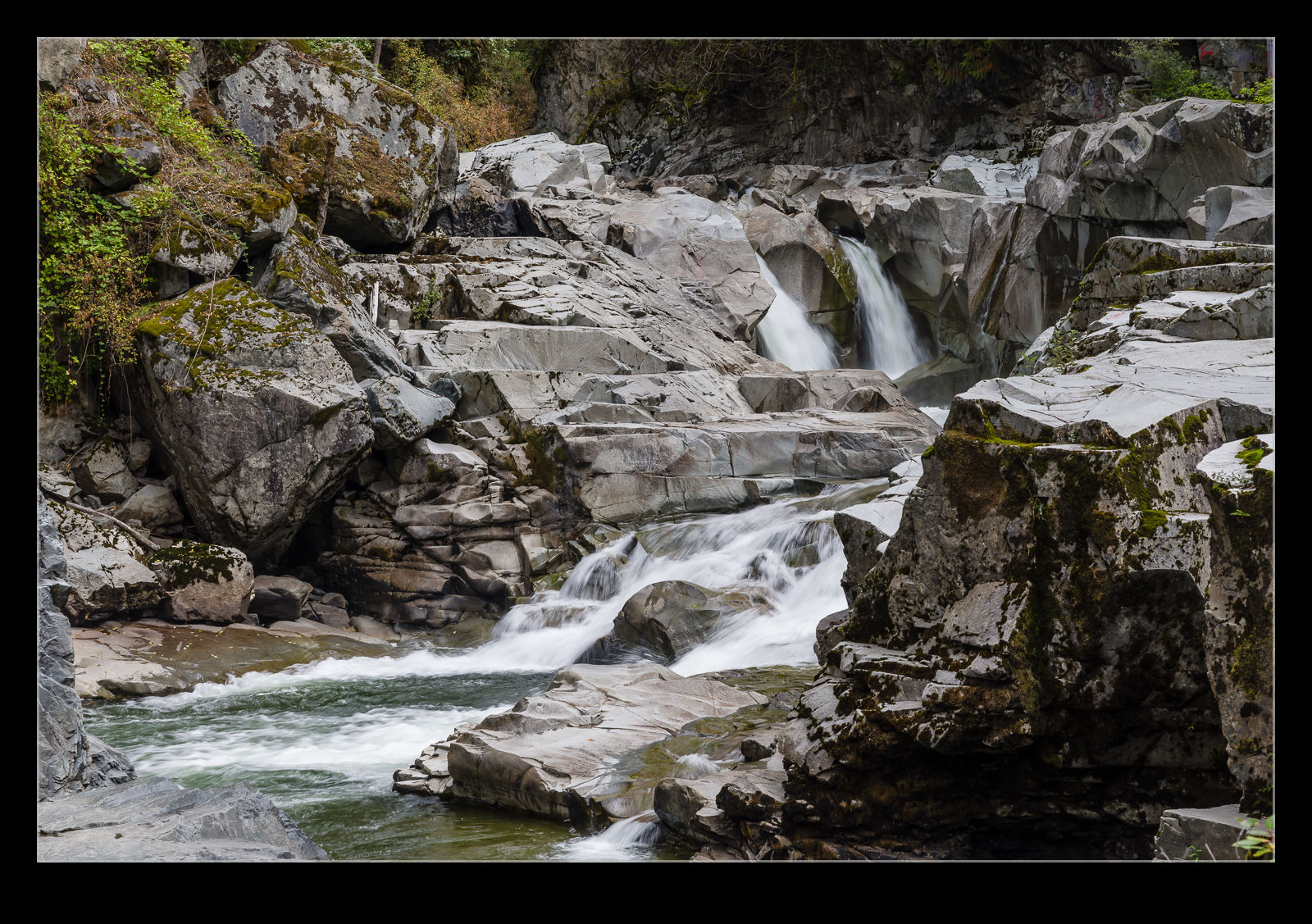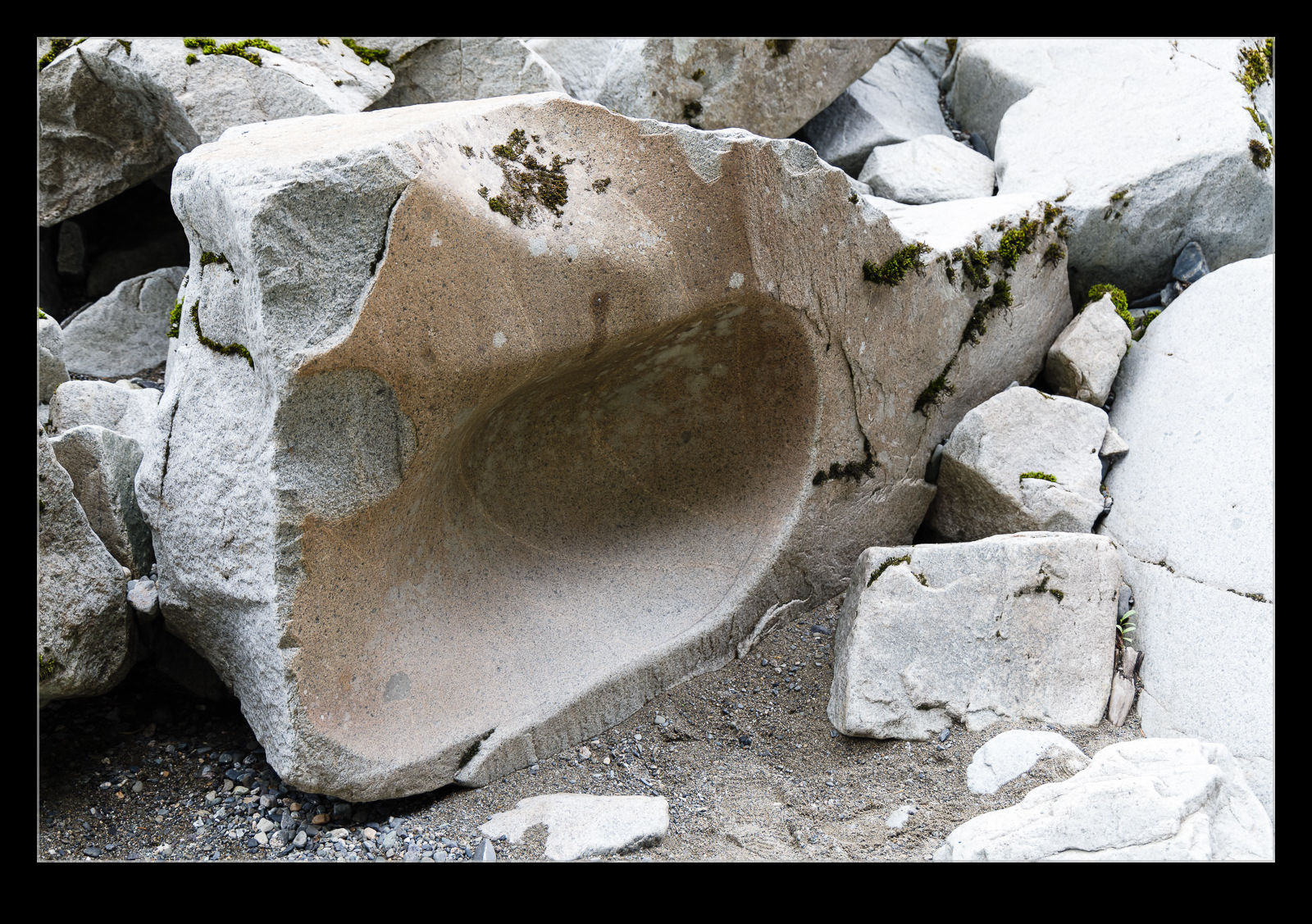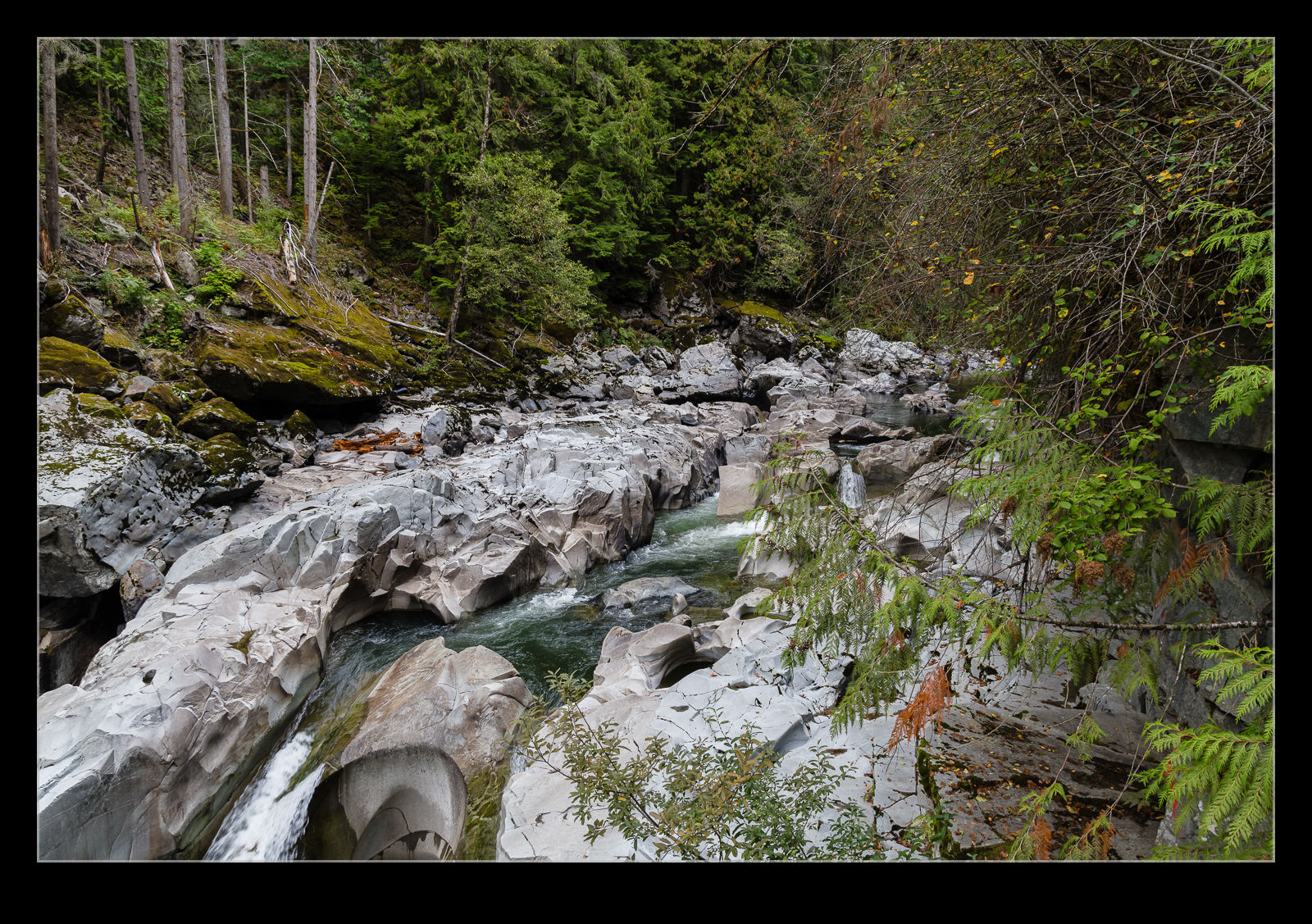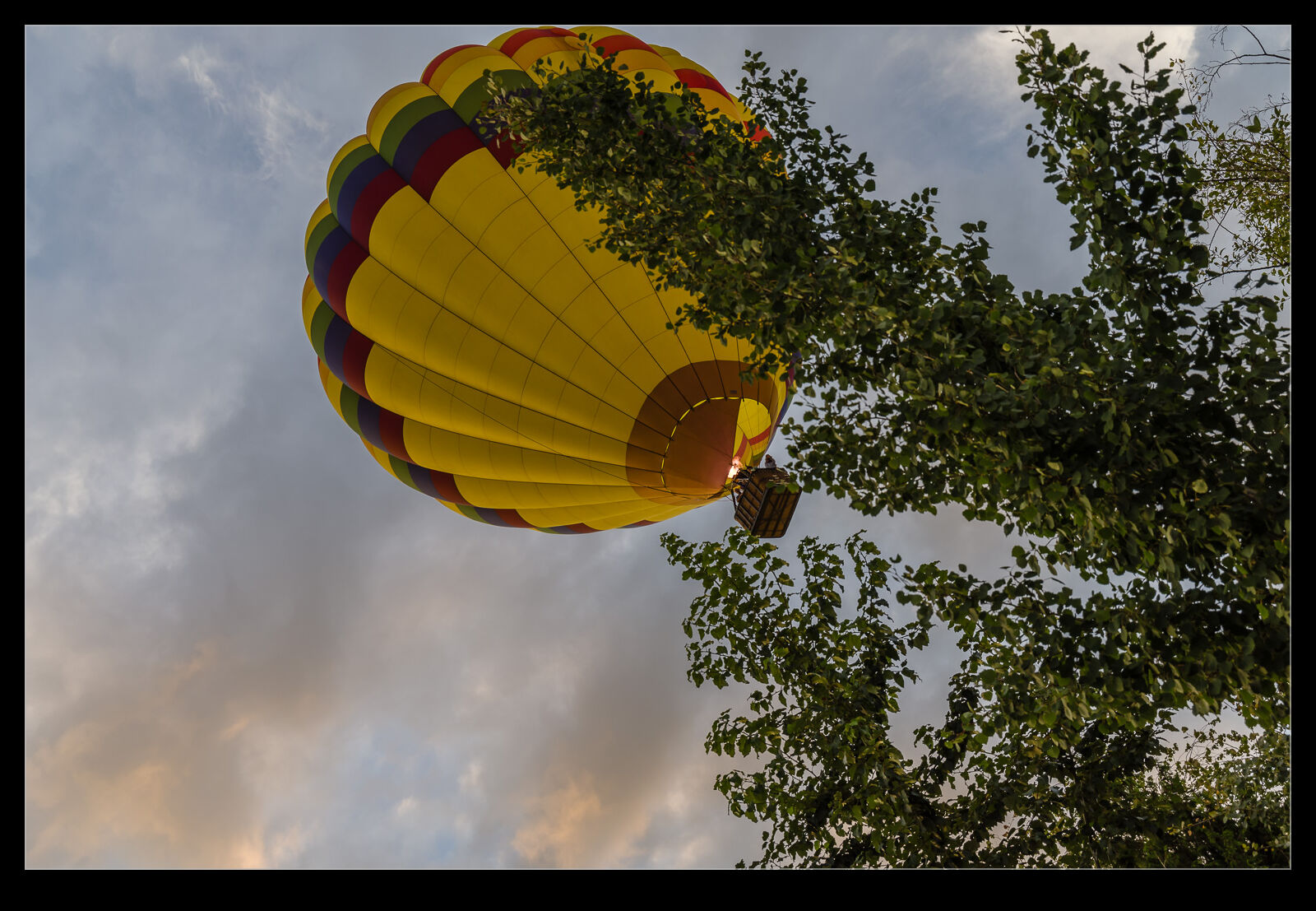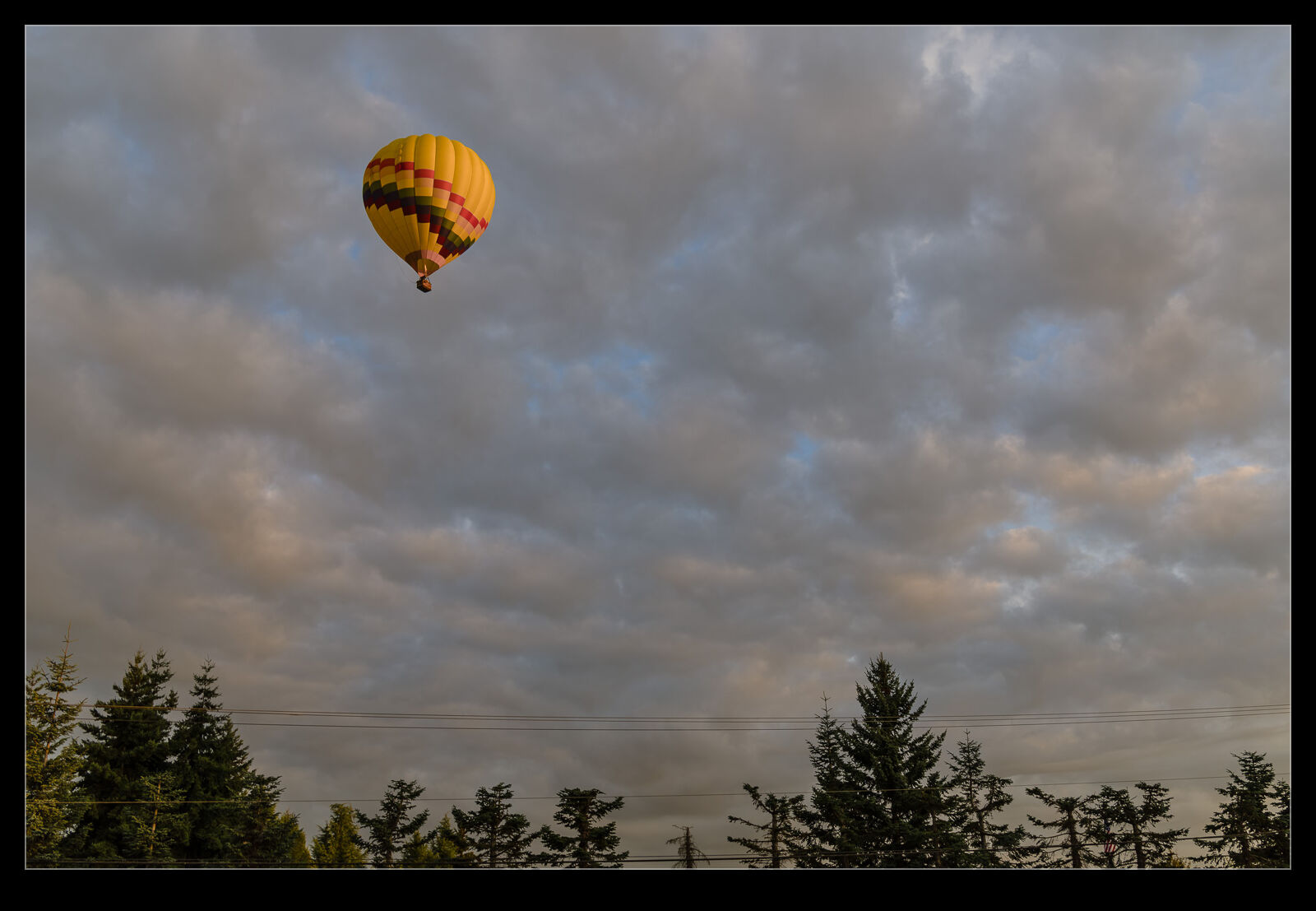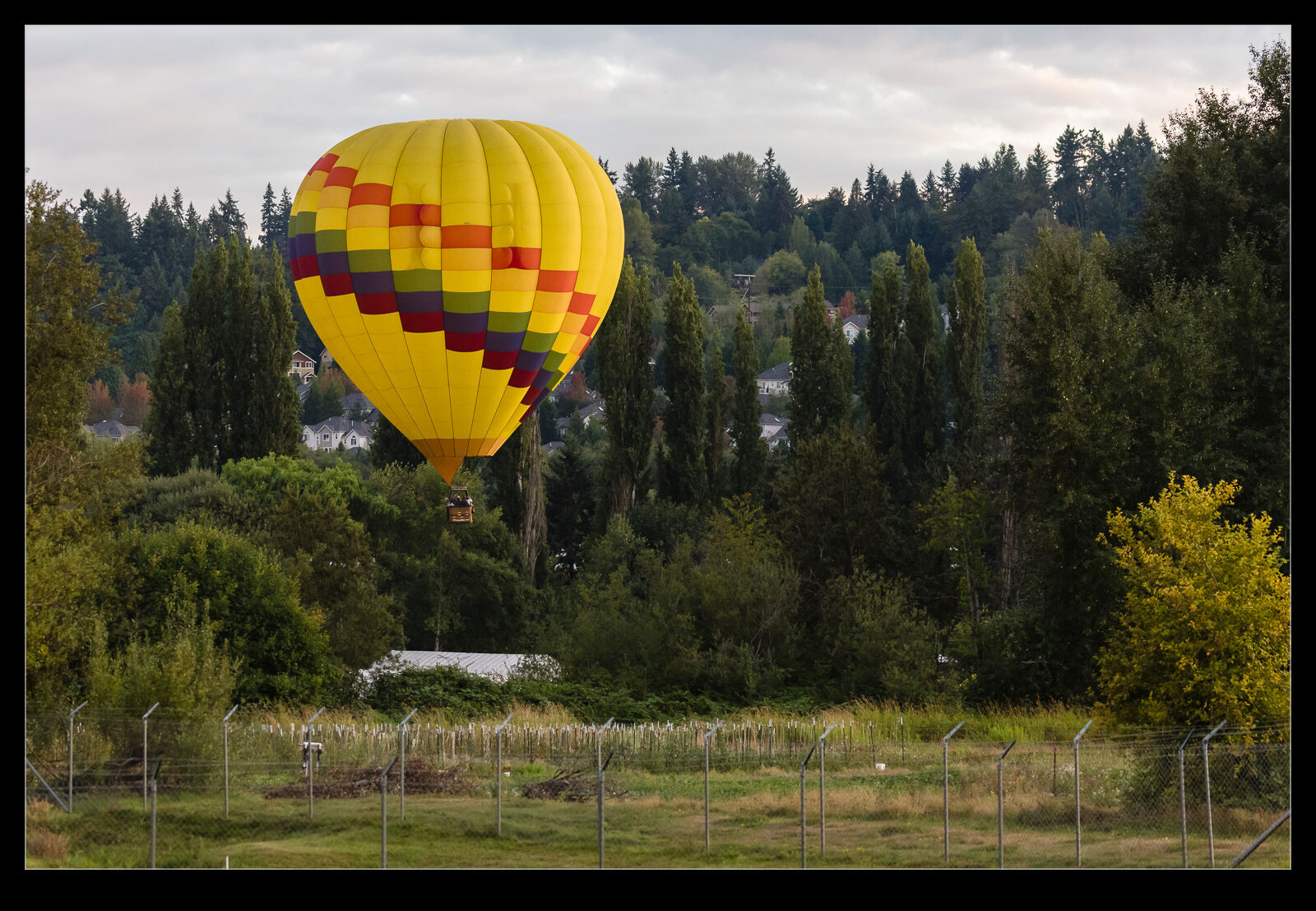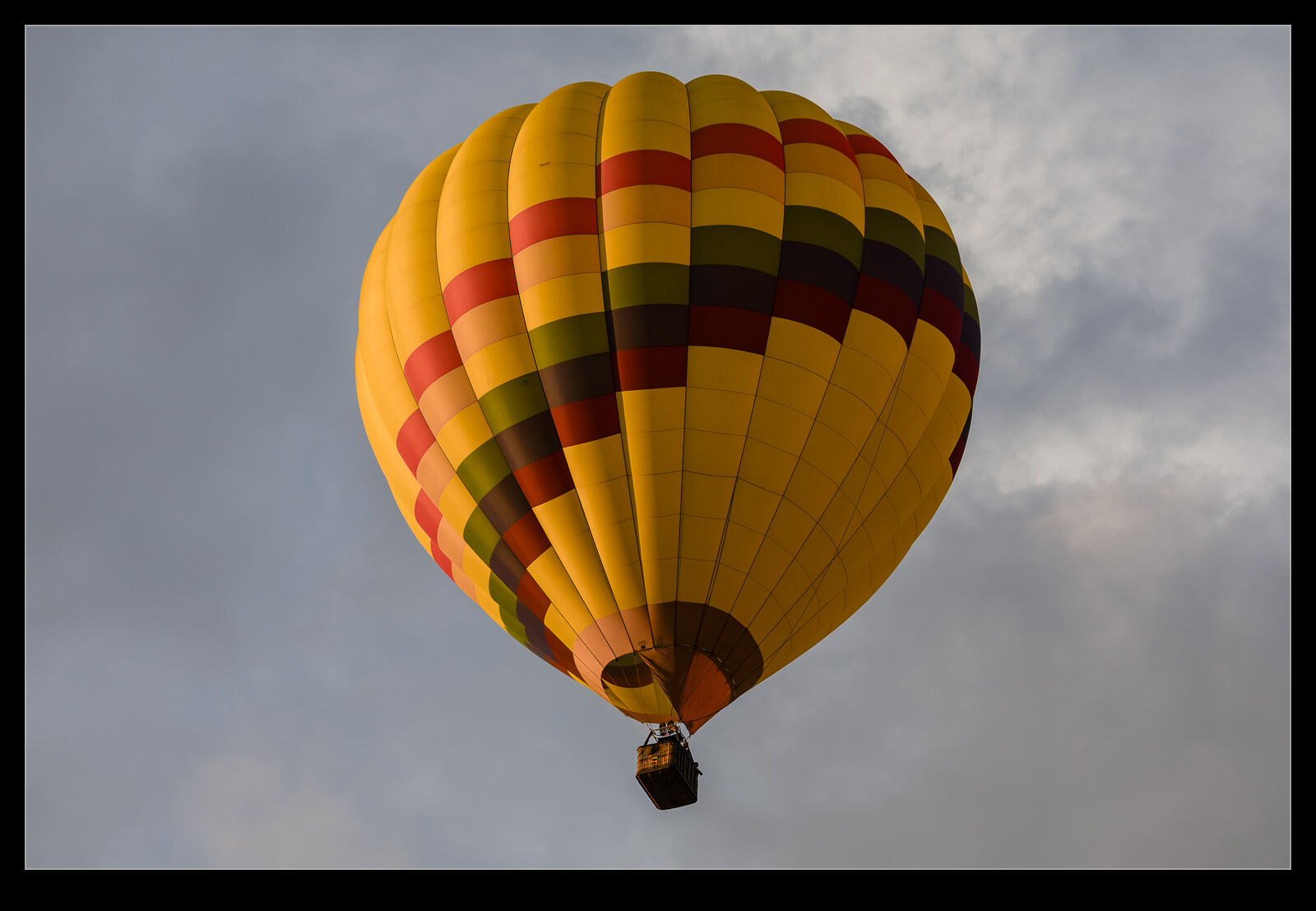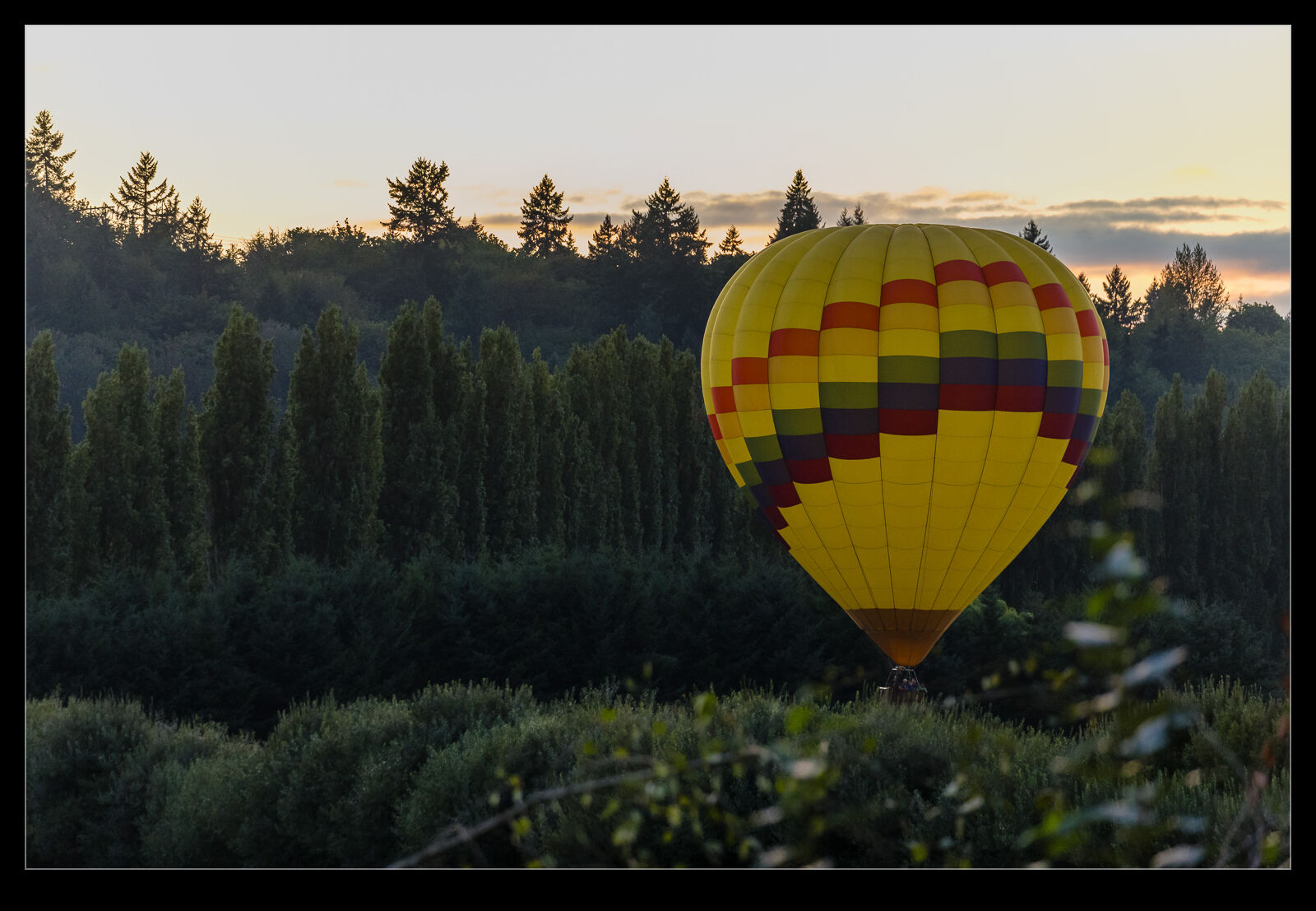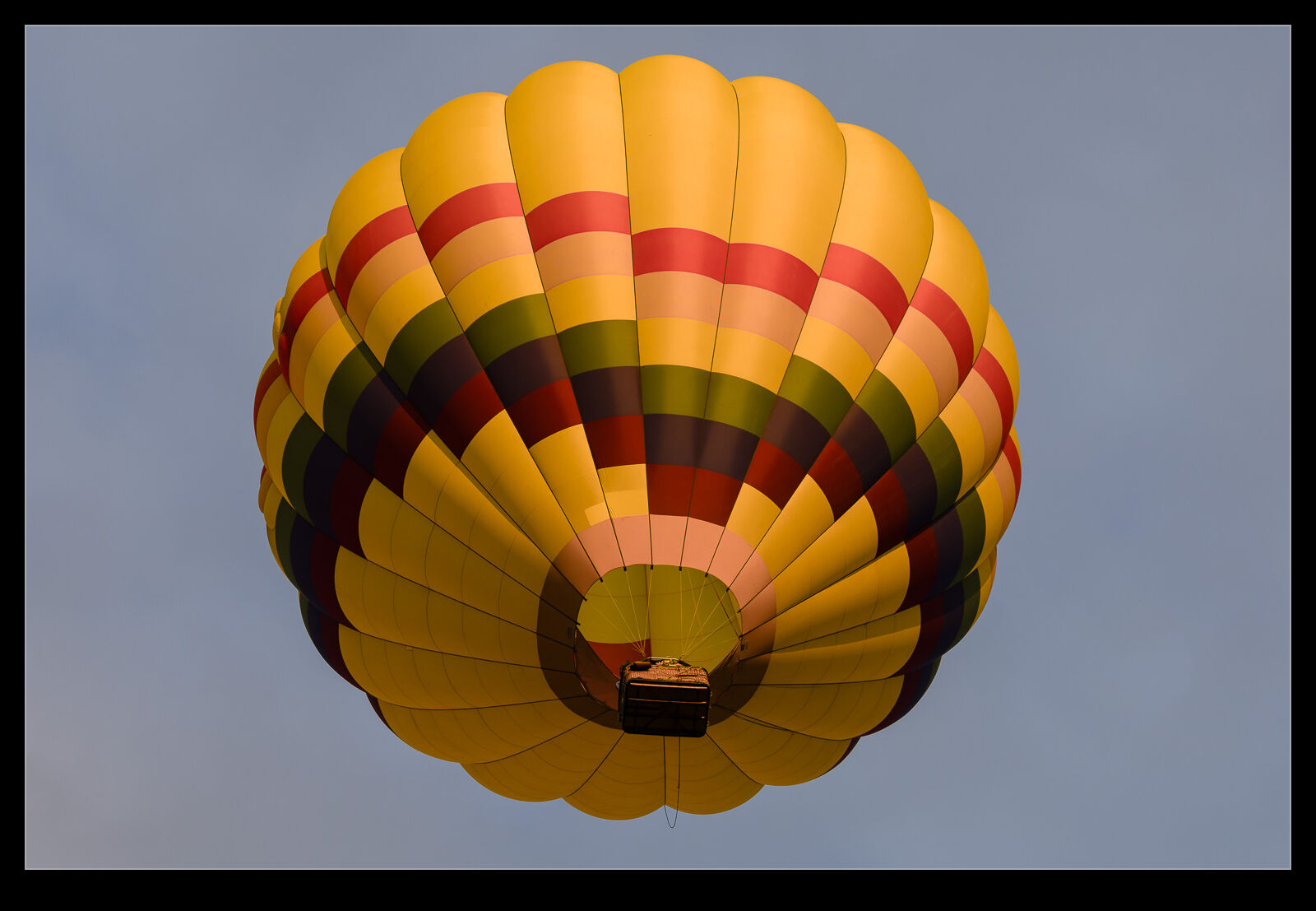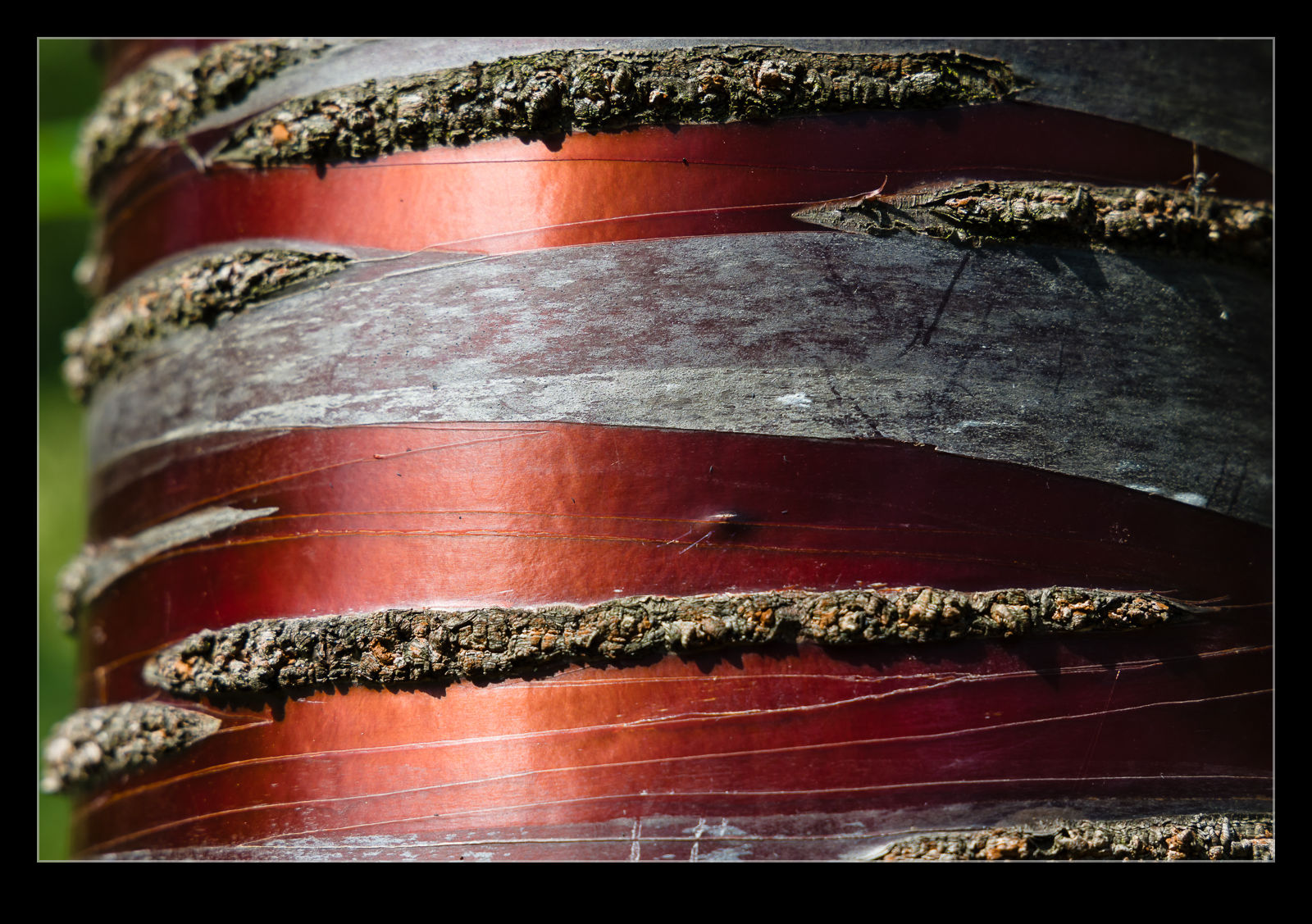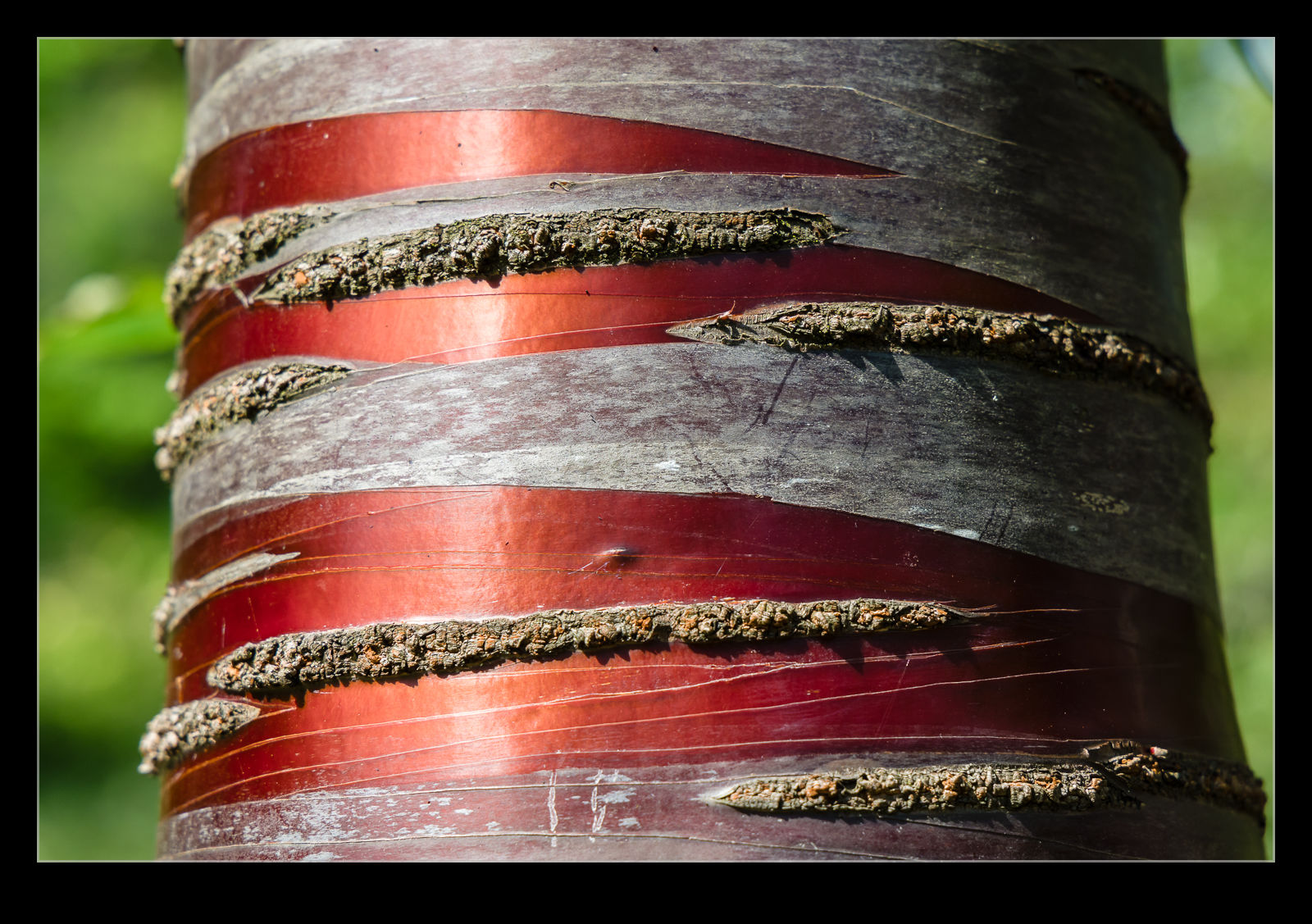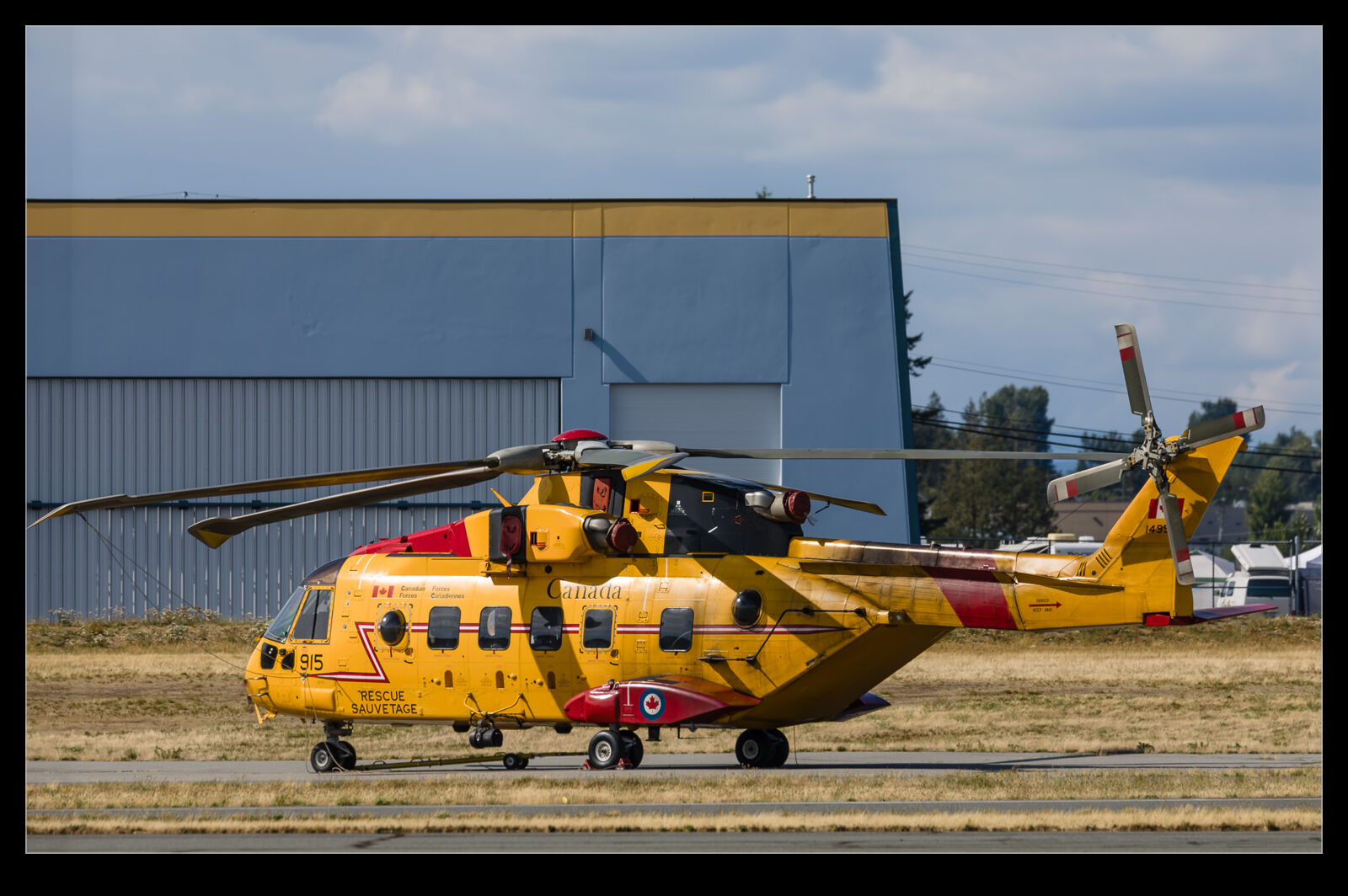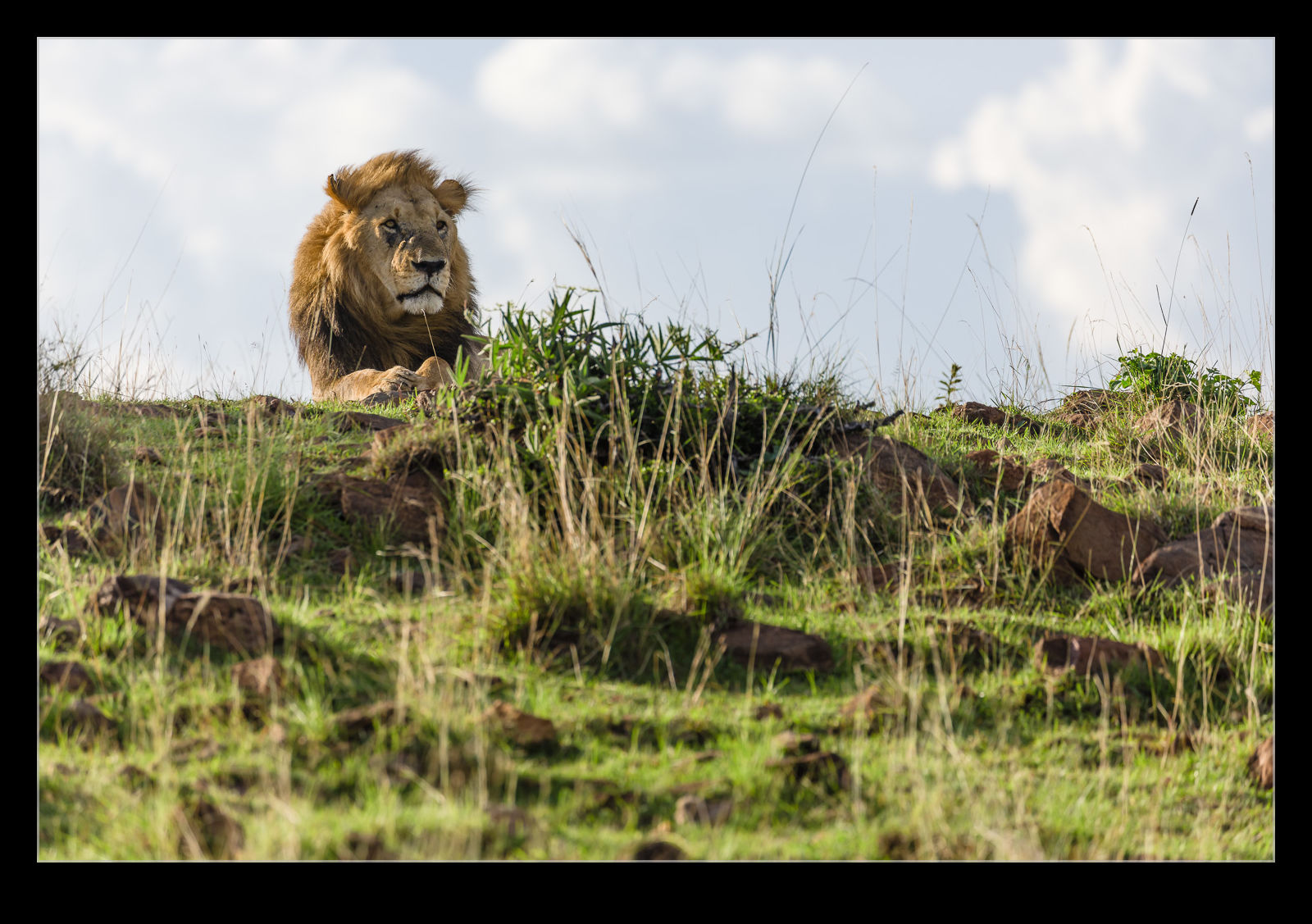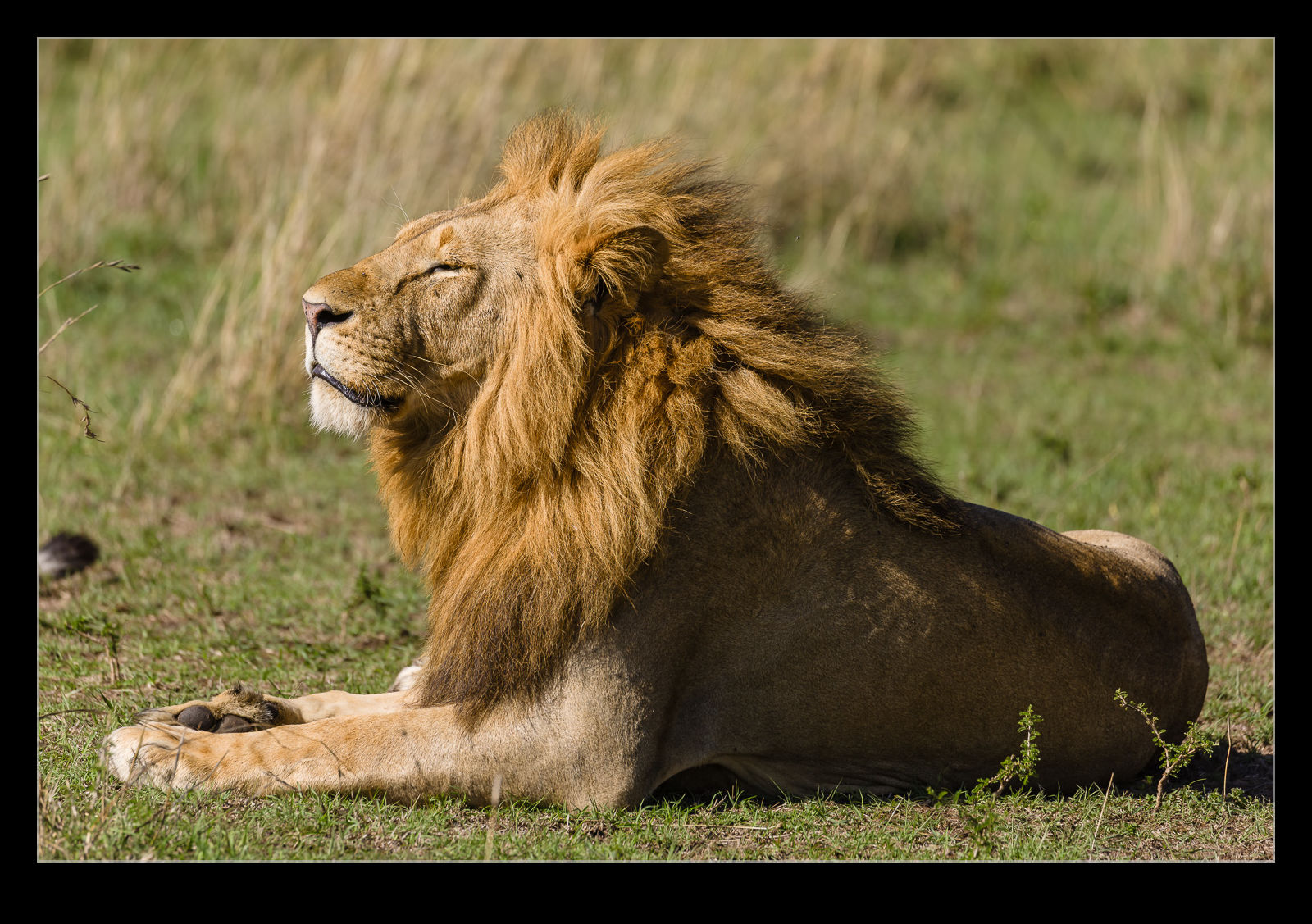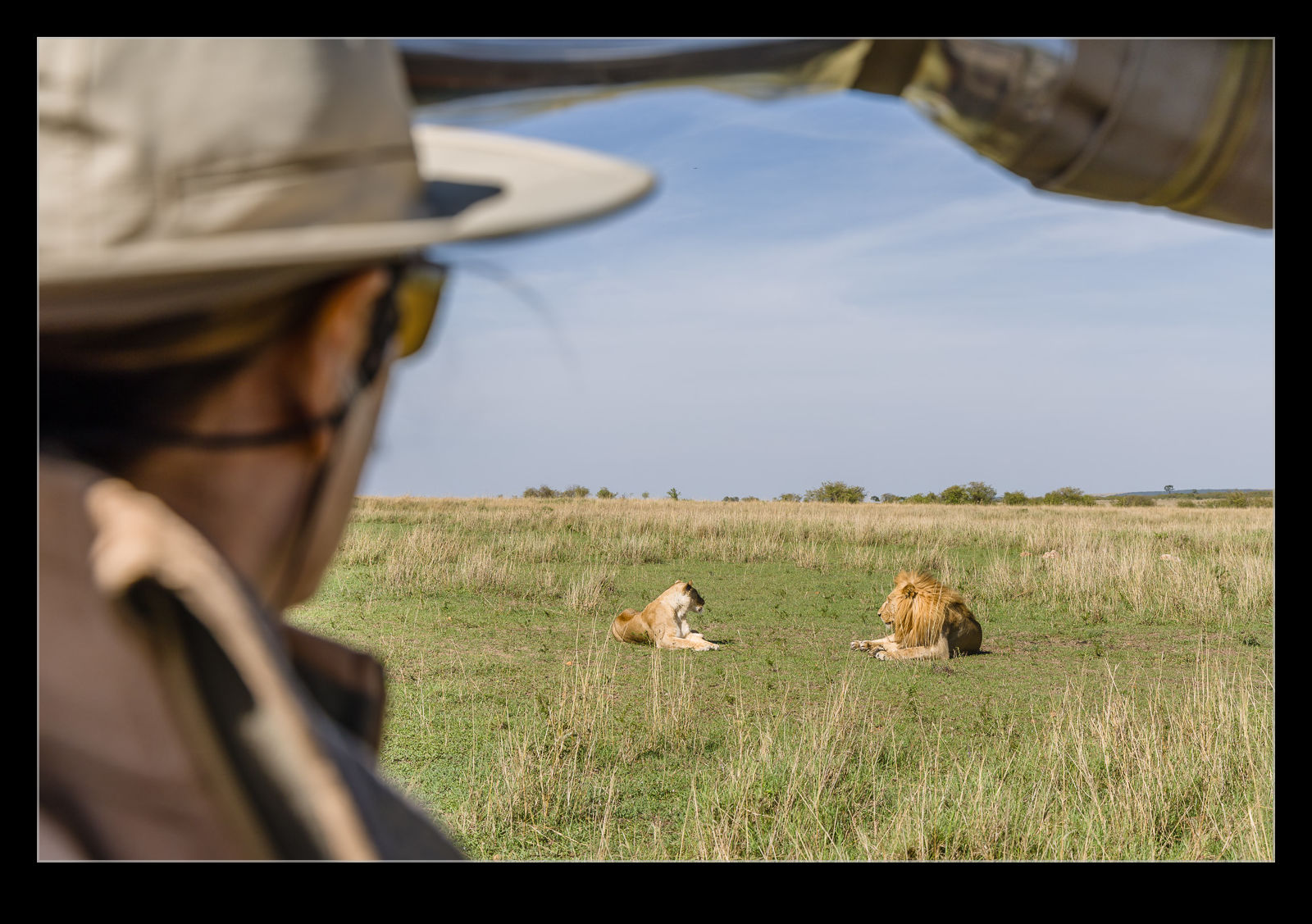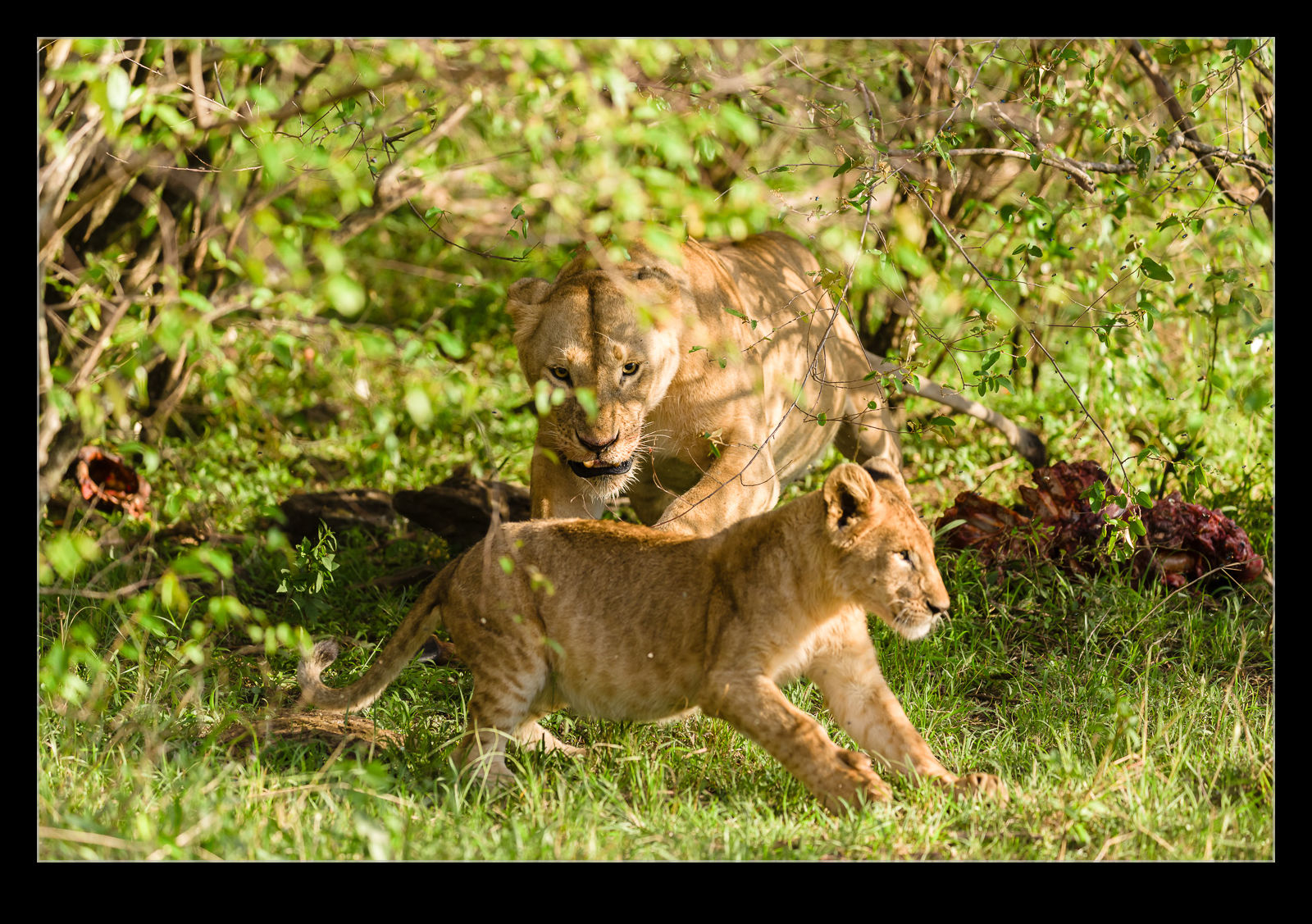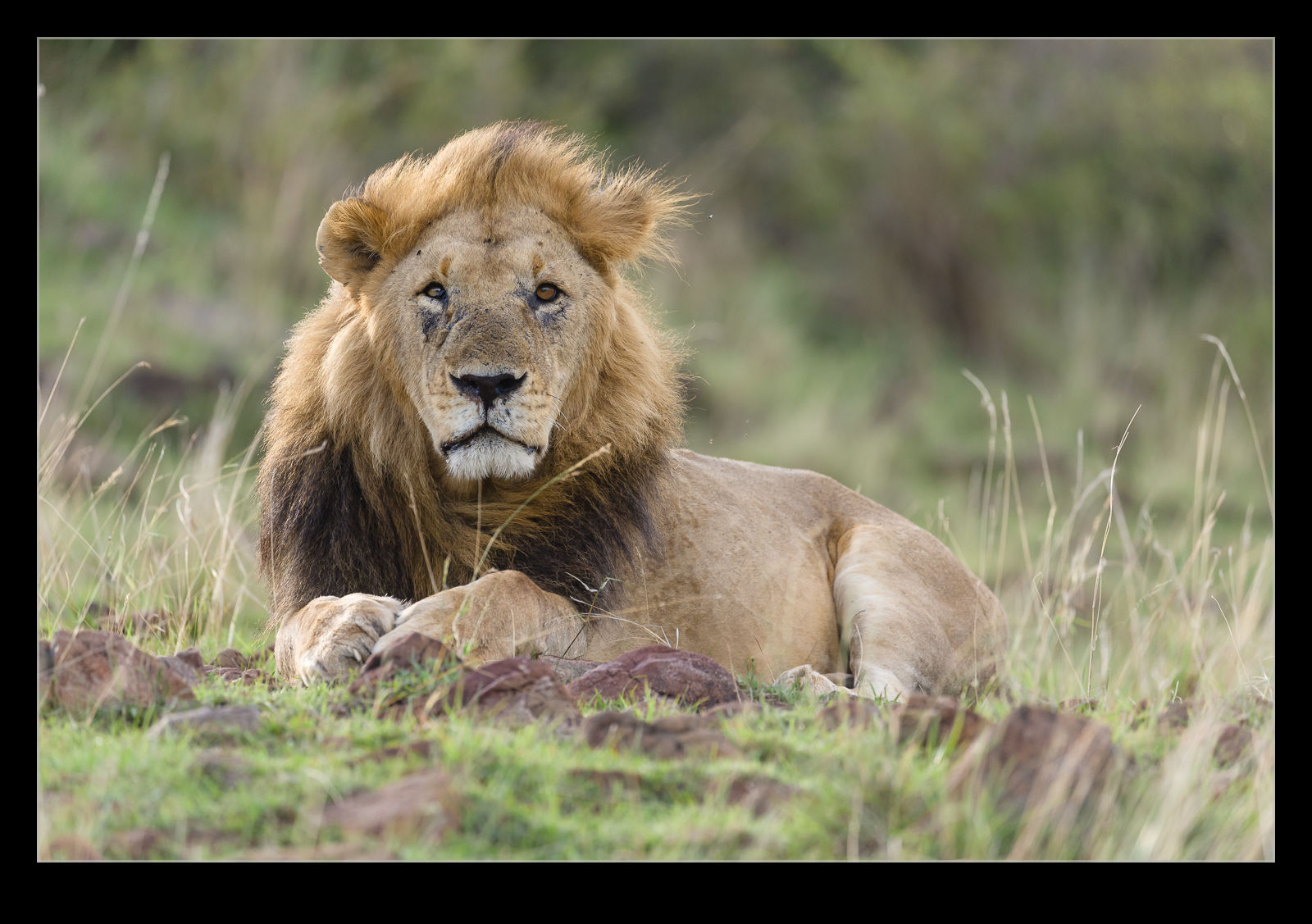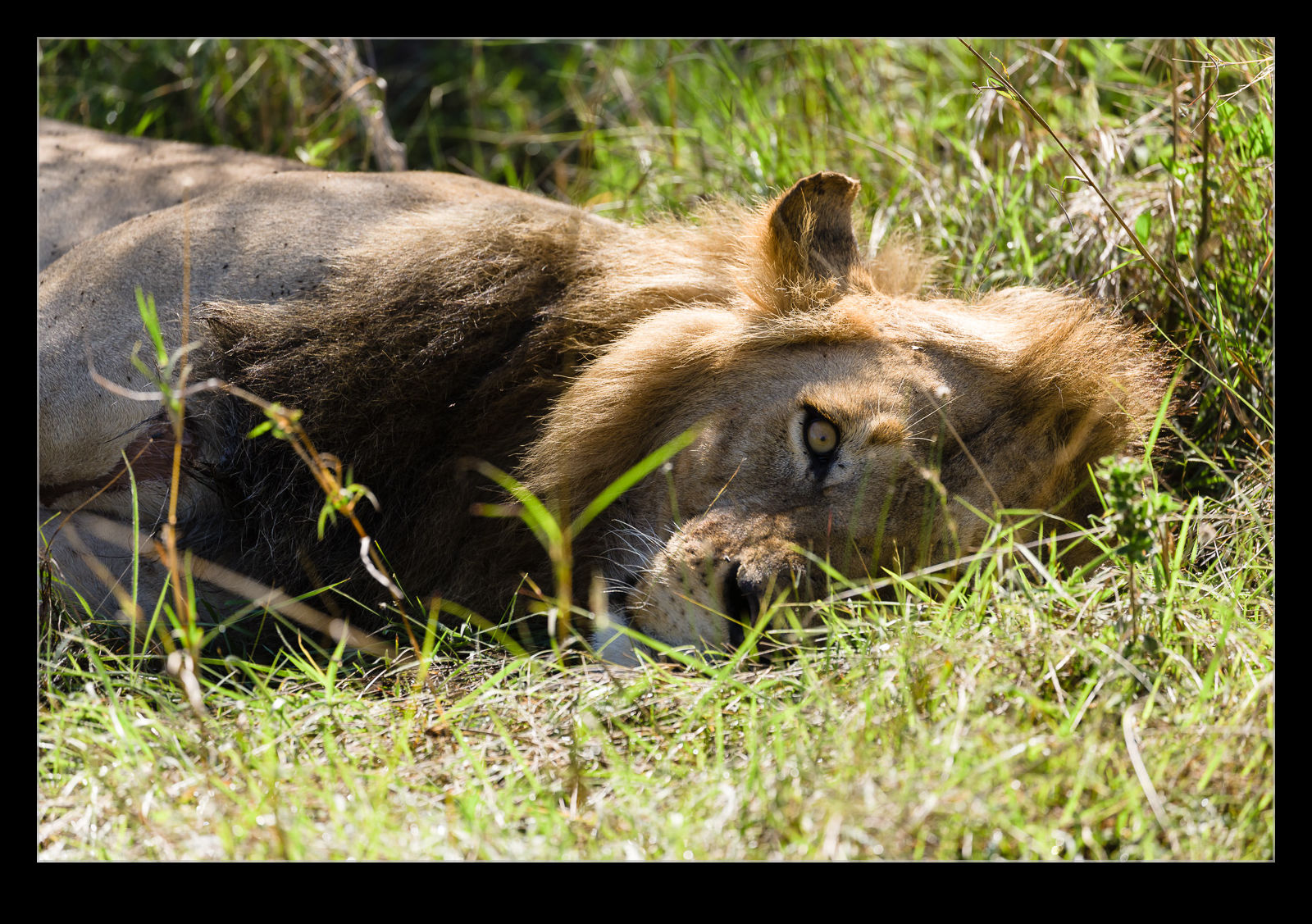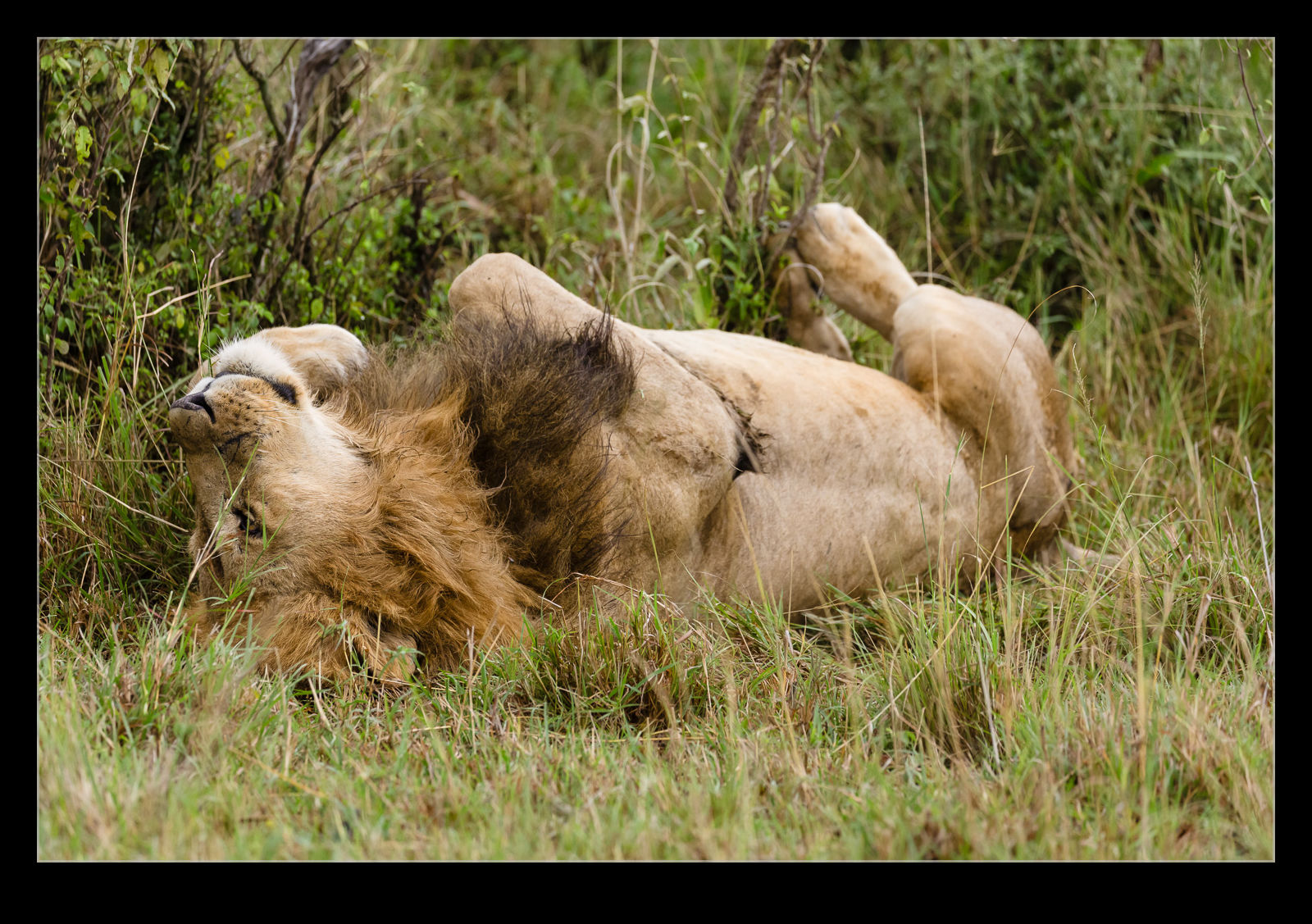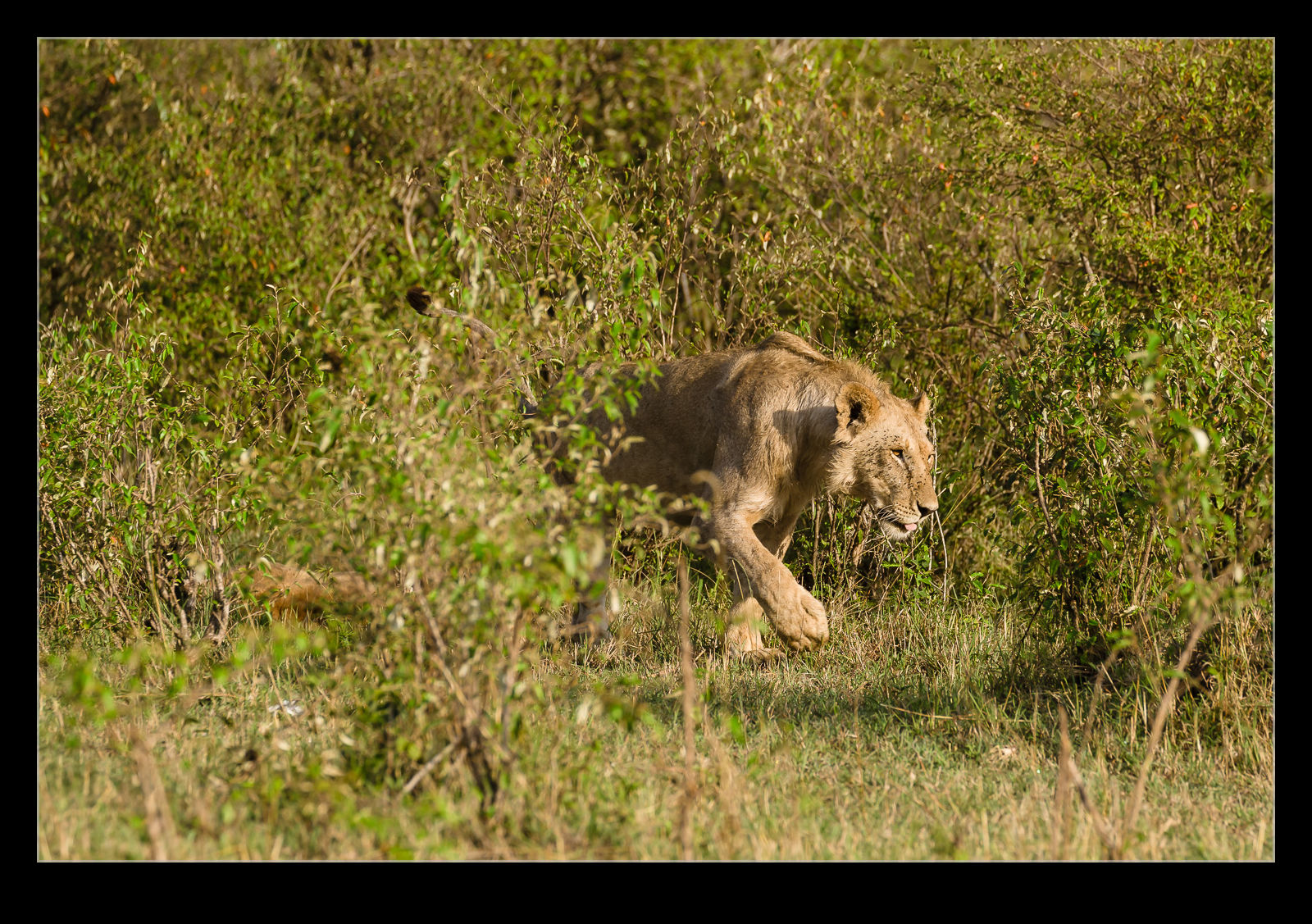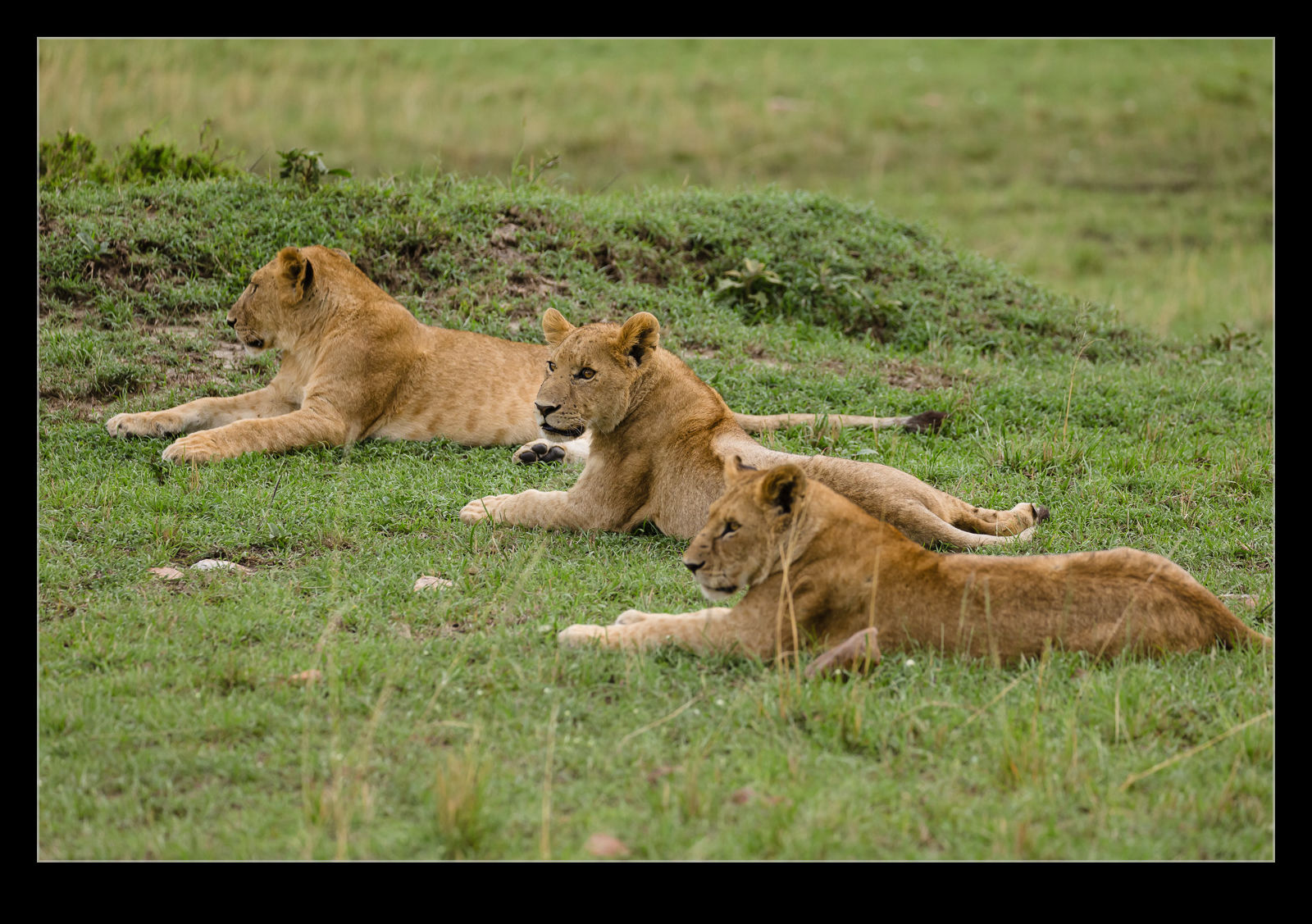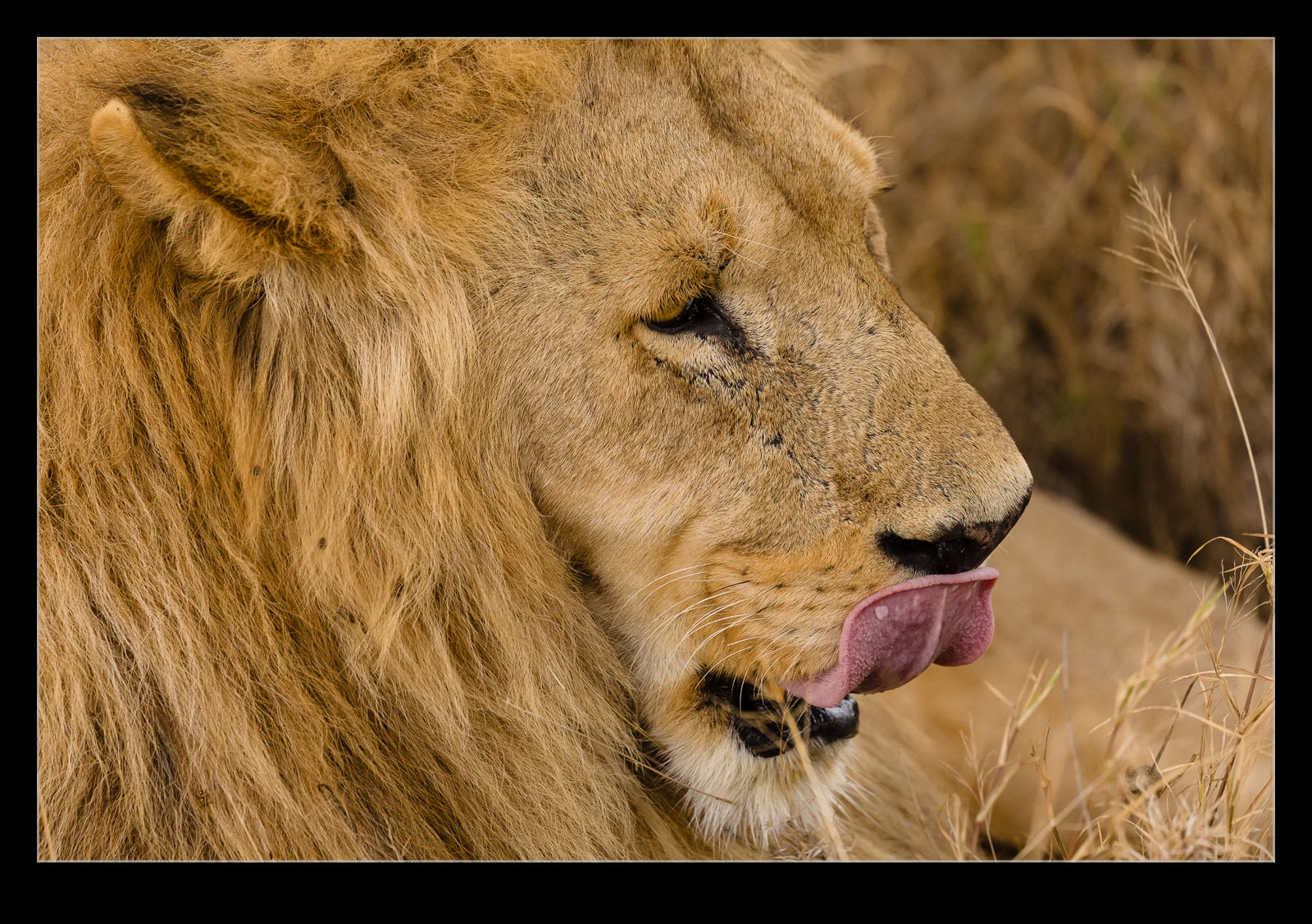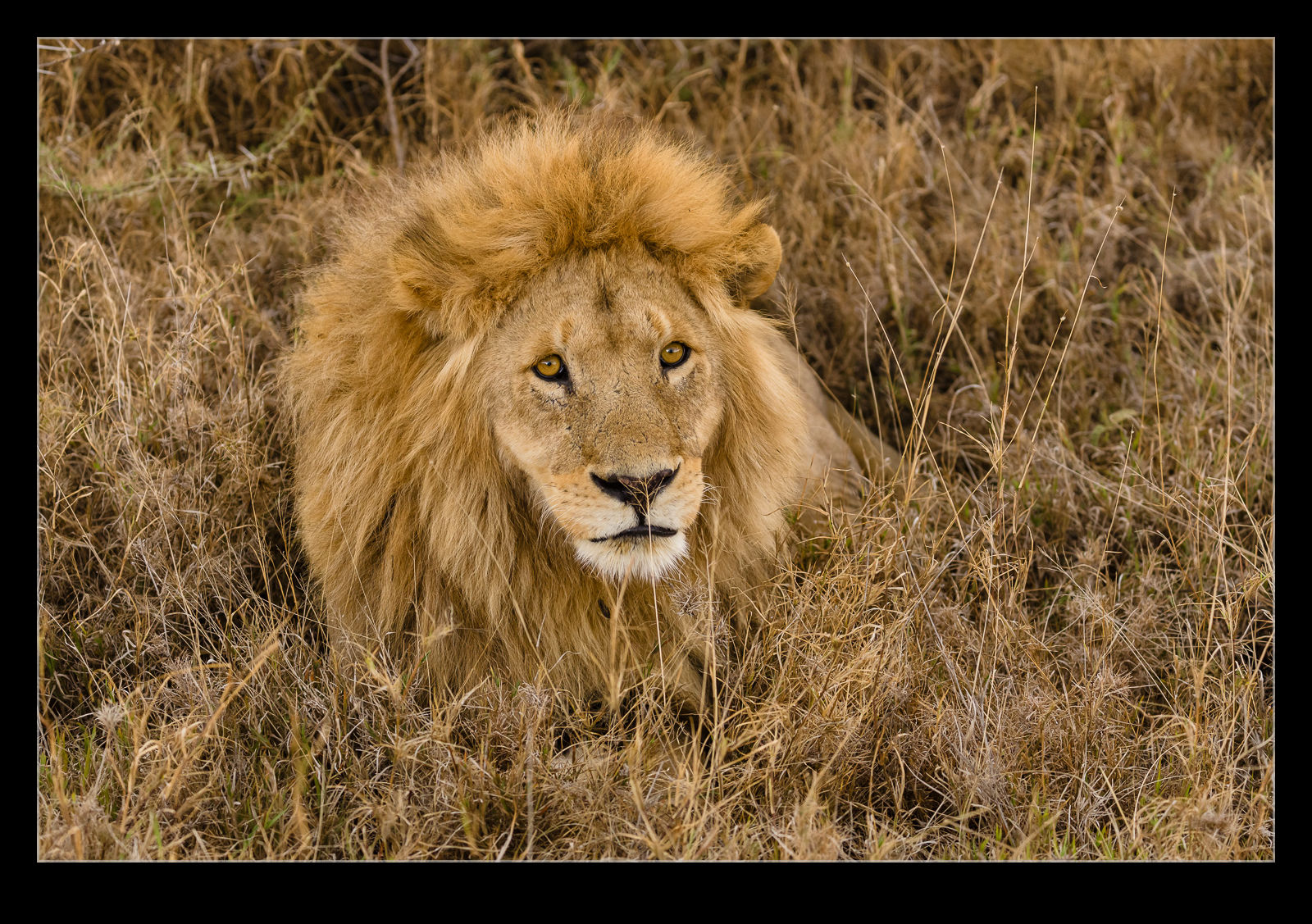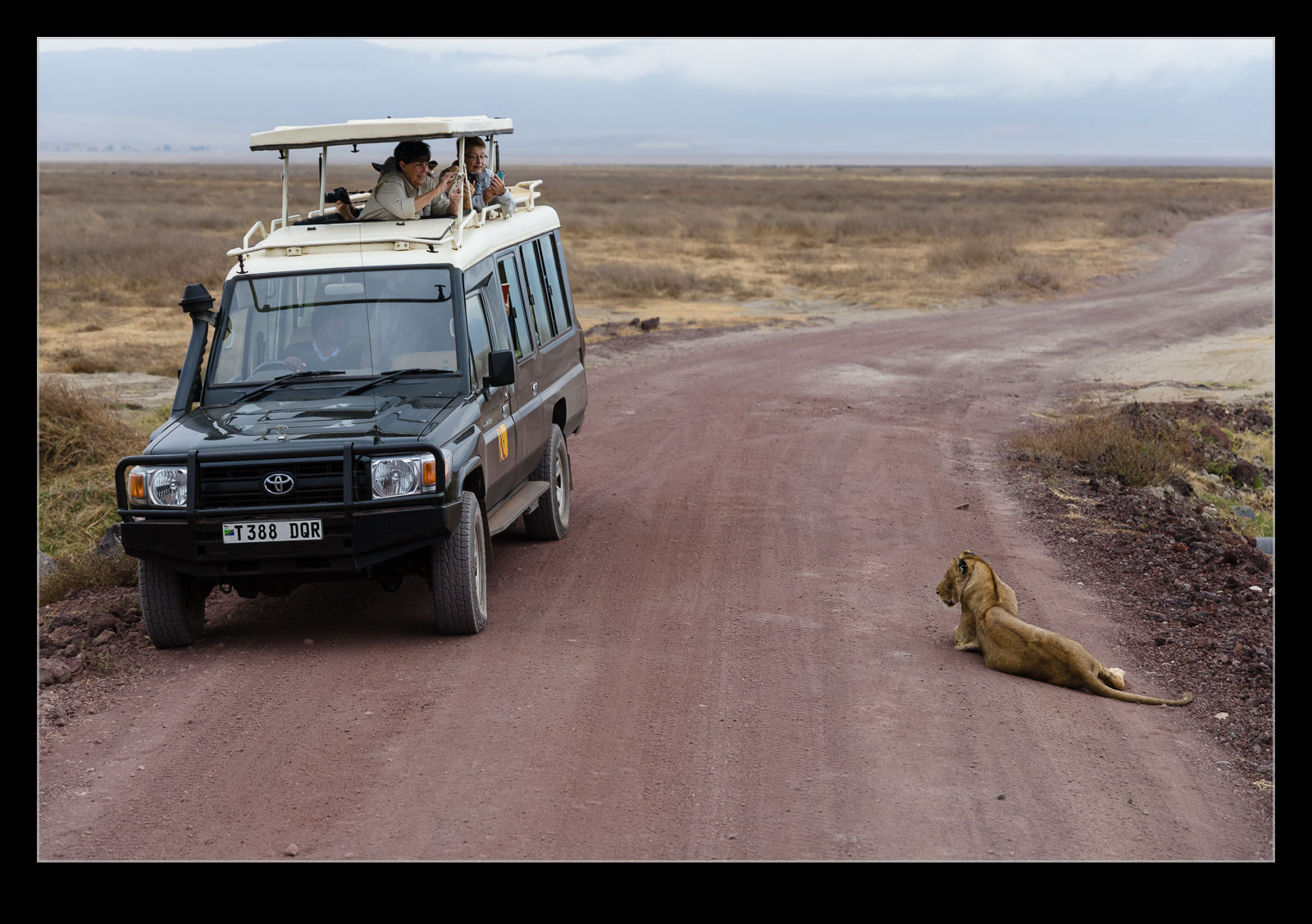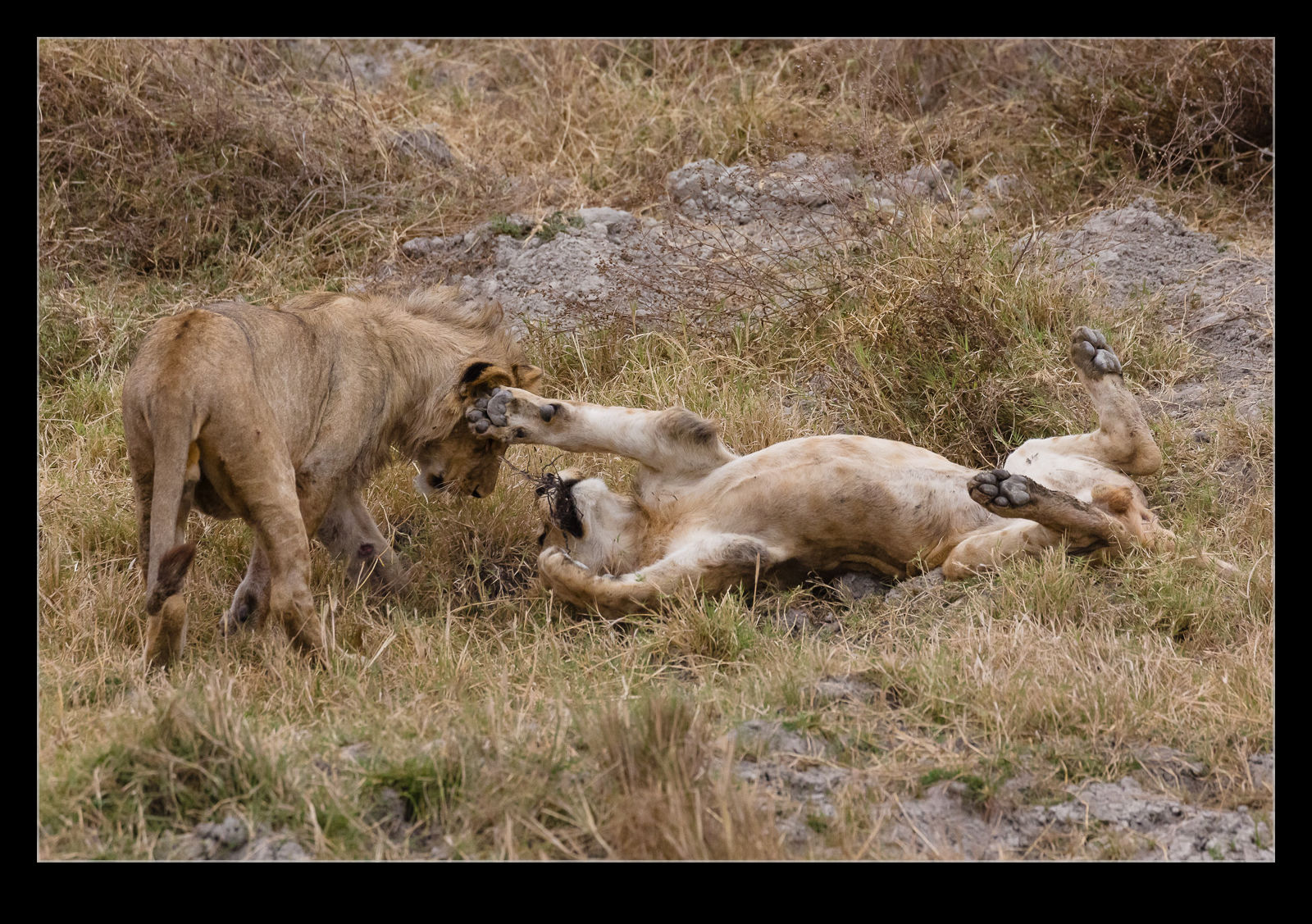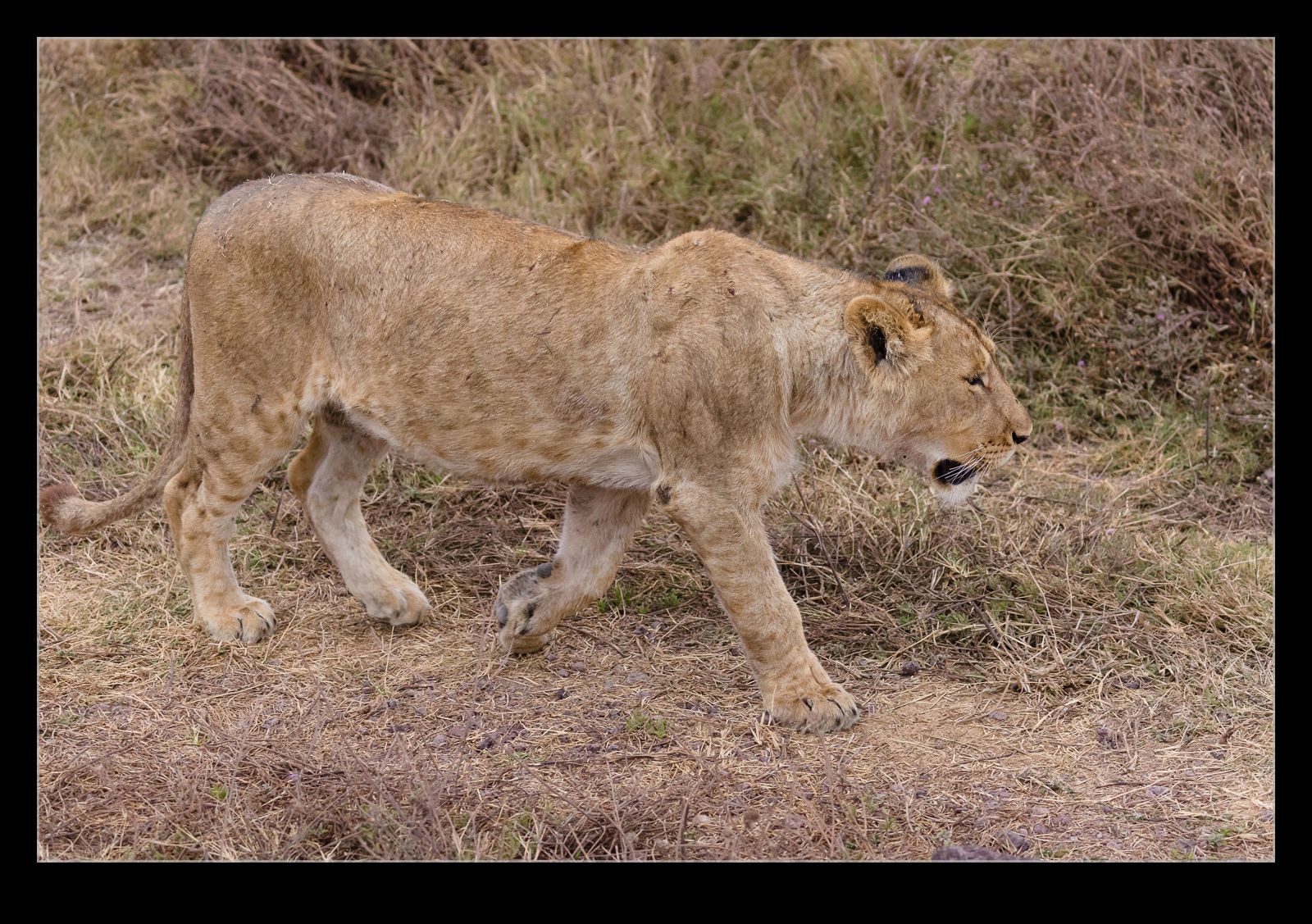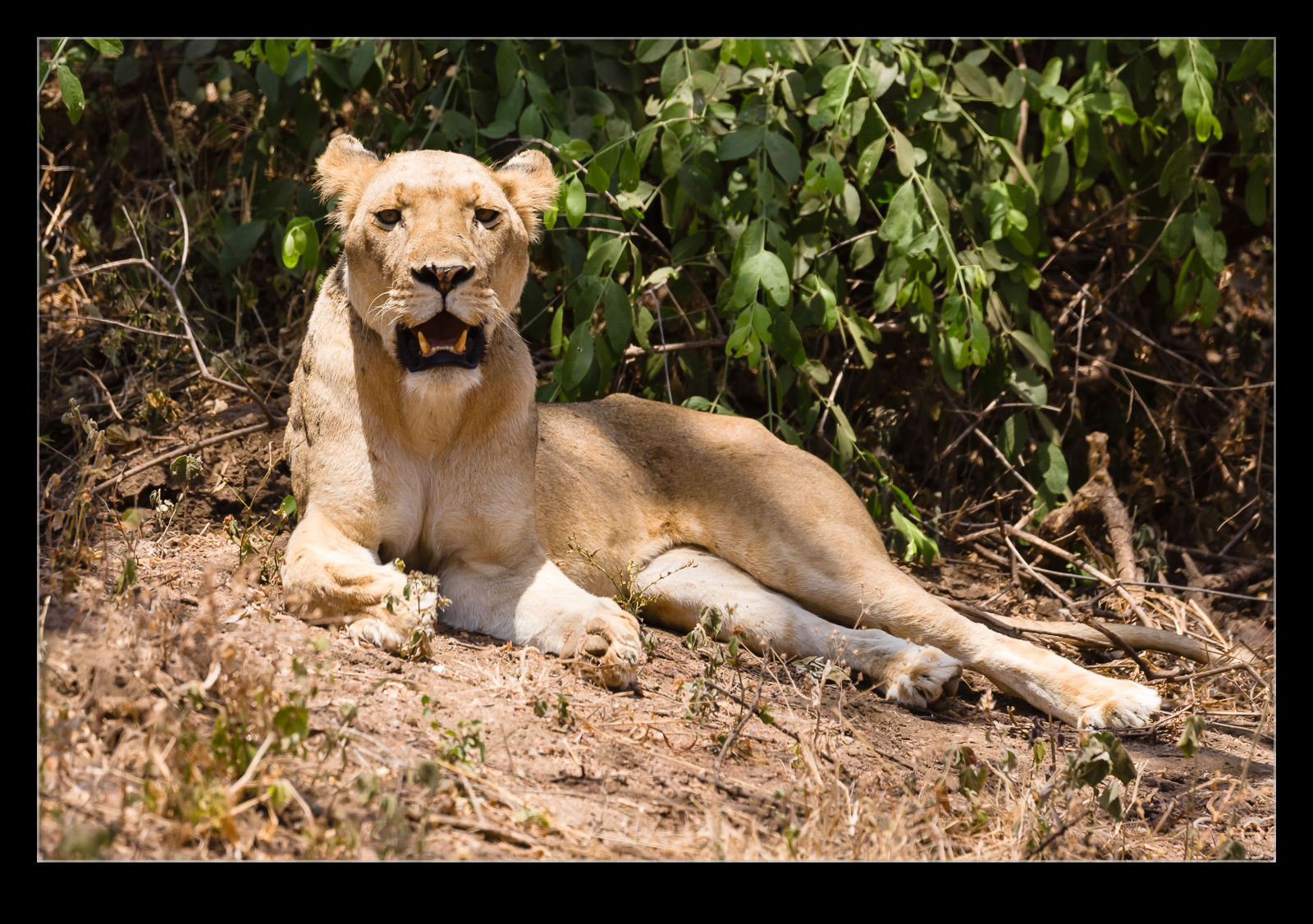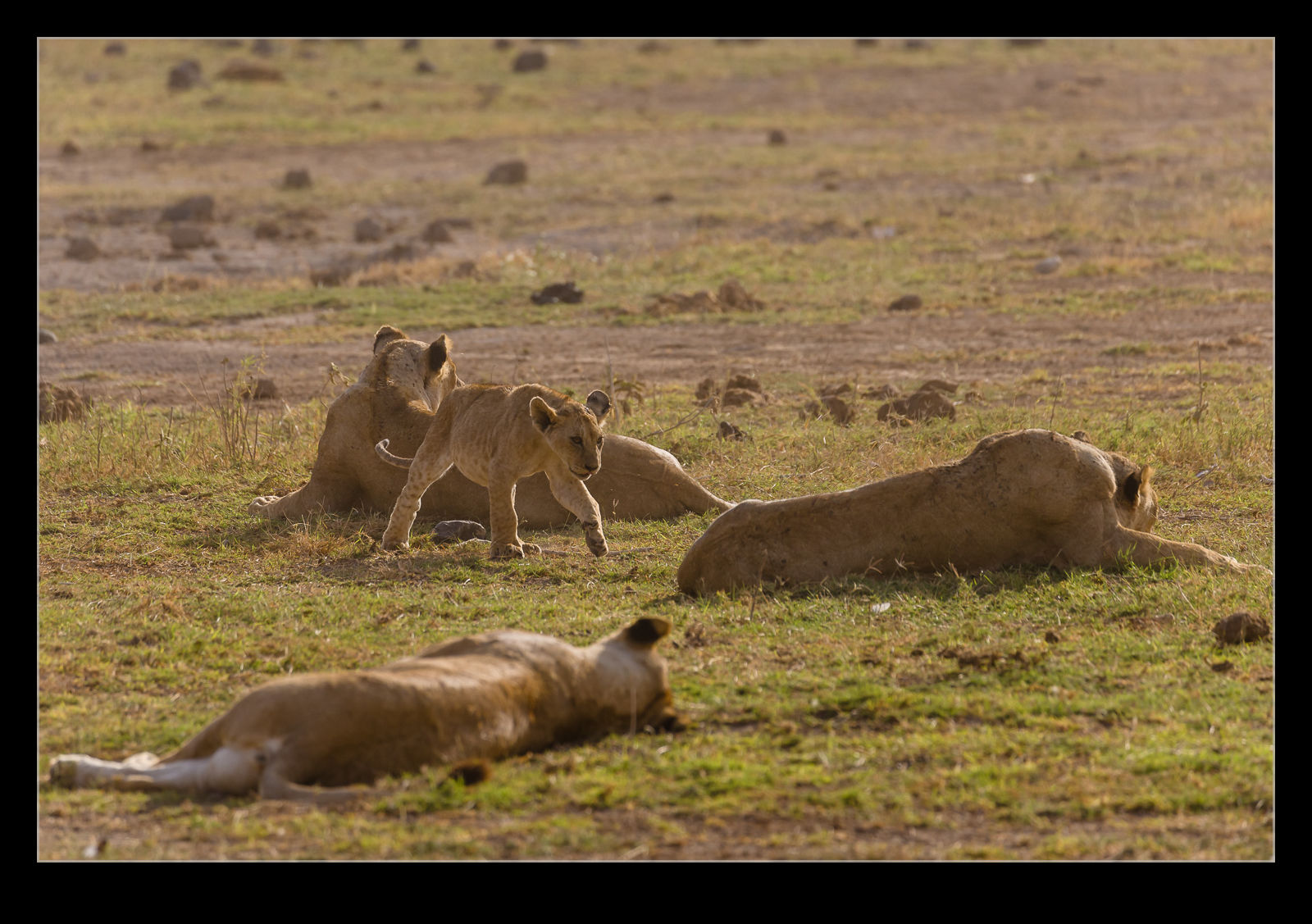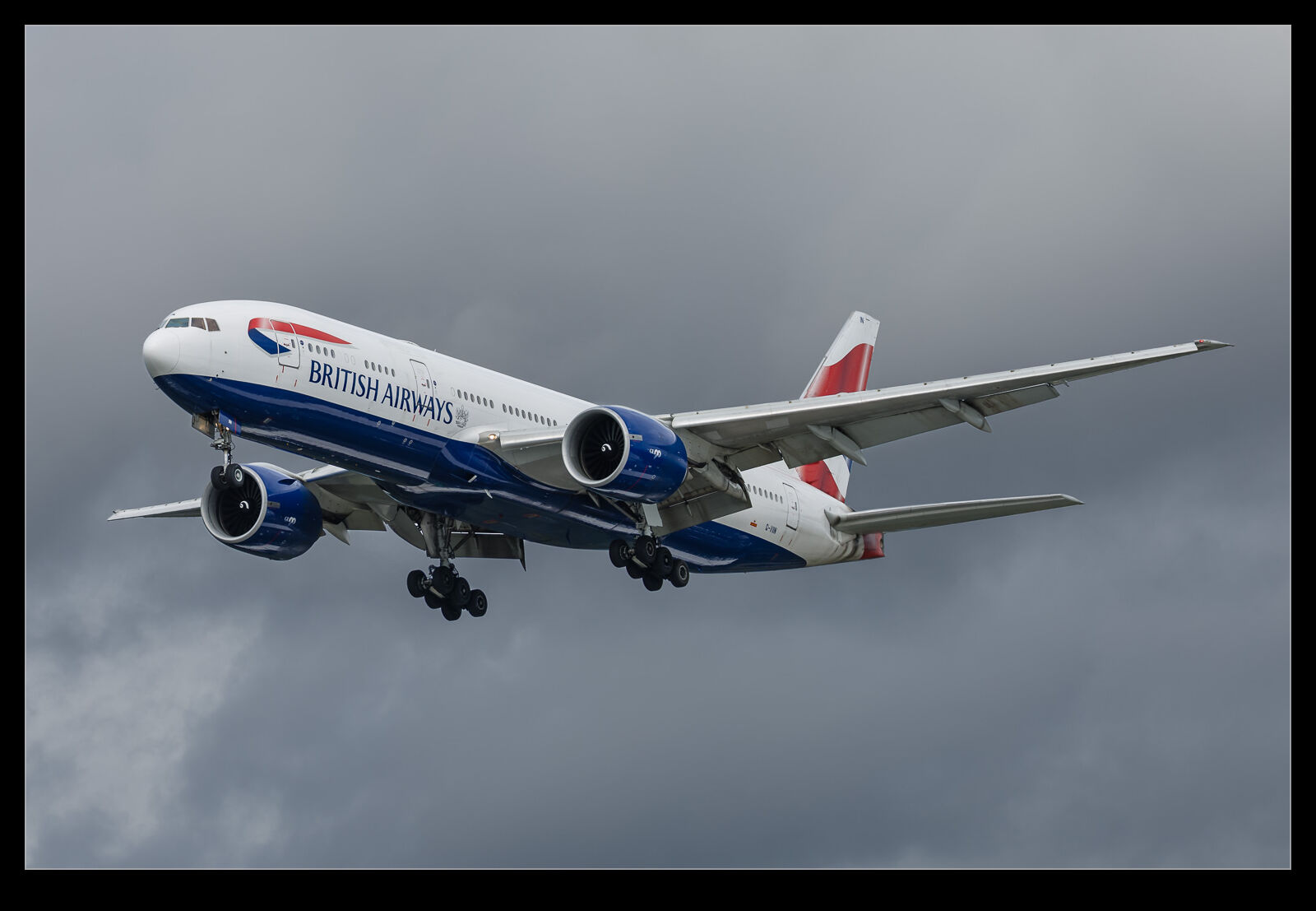 Getting a British Airways 777-200ER arriving at SEA would not normally be a priority unless the light was great and I was going to get Mt Rainier in the background. If the weather was cloudy and it was arriving from the north, might not seem to be that much of a deal. However, if it is being flown by someone I know, that is a different story. My friend, Paul, was the skipper on this flight and I was meeting him to have some time around Seattle before he headed home the following day.
Getting a British Airways 777-200ER arriving at SEA would not normally be a priority unless the light was great and I was going to get Mt Rainier in the background. If the weather was cloudy and it was arriving from the north, might not seem to be that much of a deal. However, if it is being flown by someone I know, that is a different story. My friend, Paul, was the skipper on this flight and I was meeting him to have some time around Seattle before he headed home the following day.
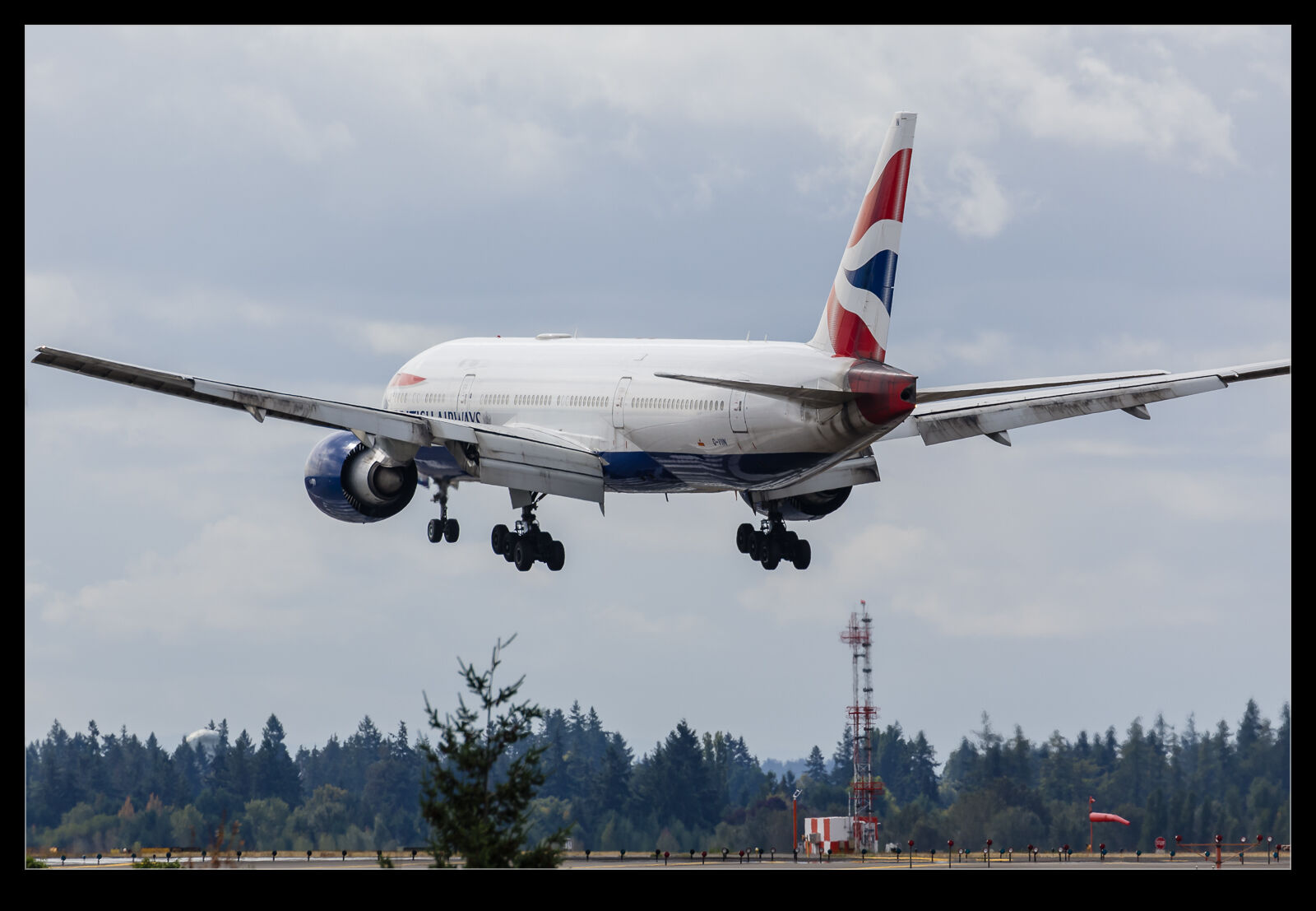 The clouds were a shame but the light wasn’t totally bad. I figured it would need a bit of work in post to try and make the best of the shots but the lack of heat haze did help a bit. I was able to grab a few shots of the jet as it came down the approach and then as it was over the threshold prior to touchdown. Not the greatest shots Paul will have of him flying but, hopefully there are not too bad.
The clouds were a shame but the light wasn’t totally bad. I figured it would need a bit of work in post to try and make the best of the shots but the lack of heat haze did help a bit. I was able to grab a few shots of the jet as it came down the approach and then as it was over the threshold prior to touchdown. Not the greatest shots Paul will have of him flying but, hopefully there are not too bad.
